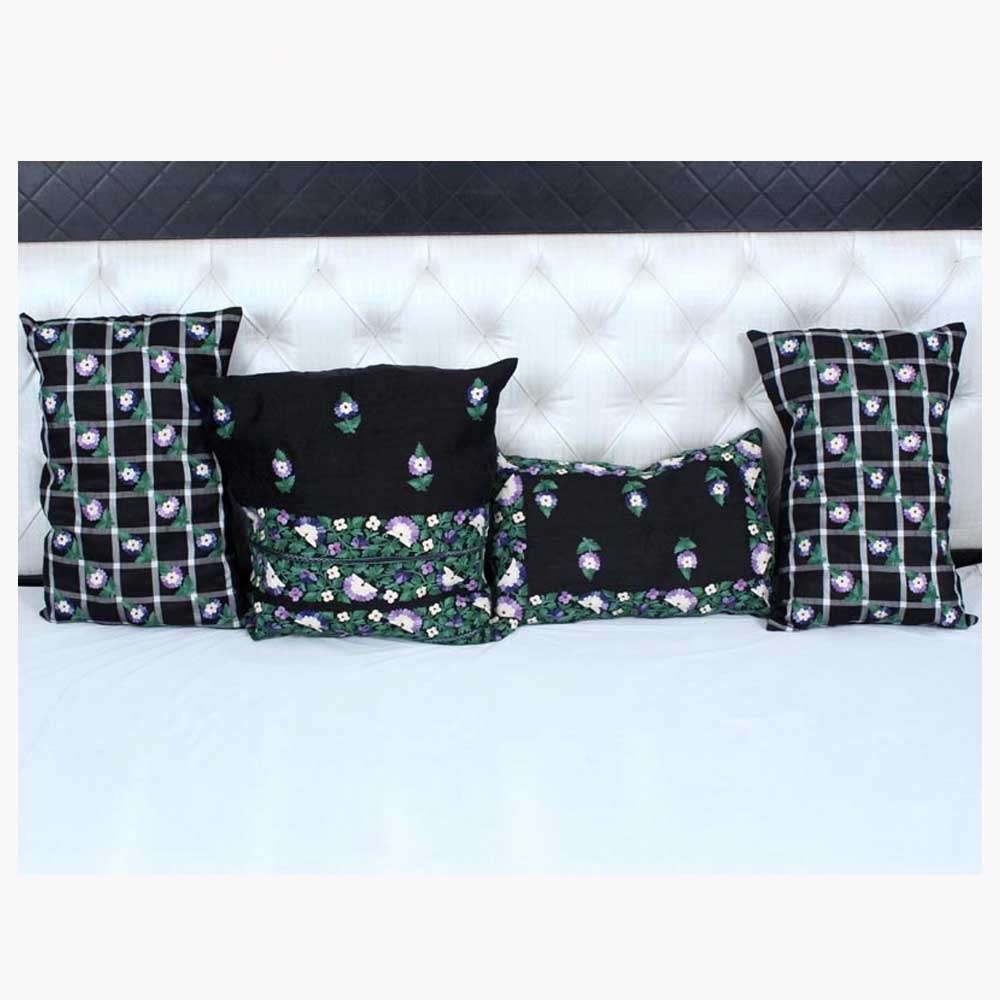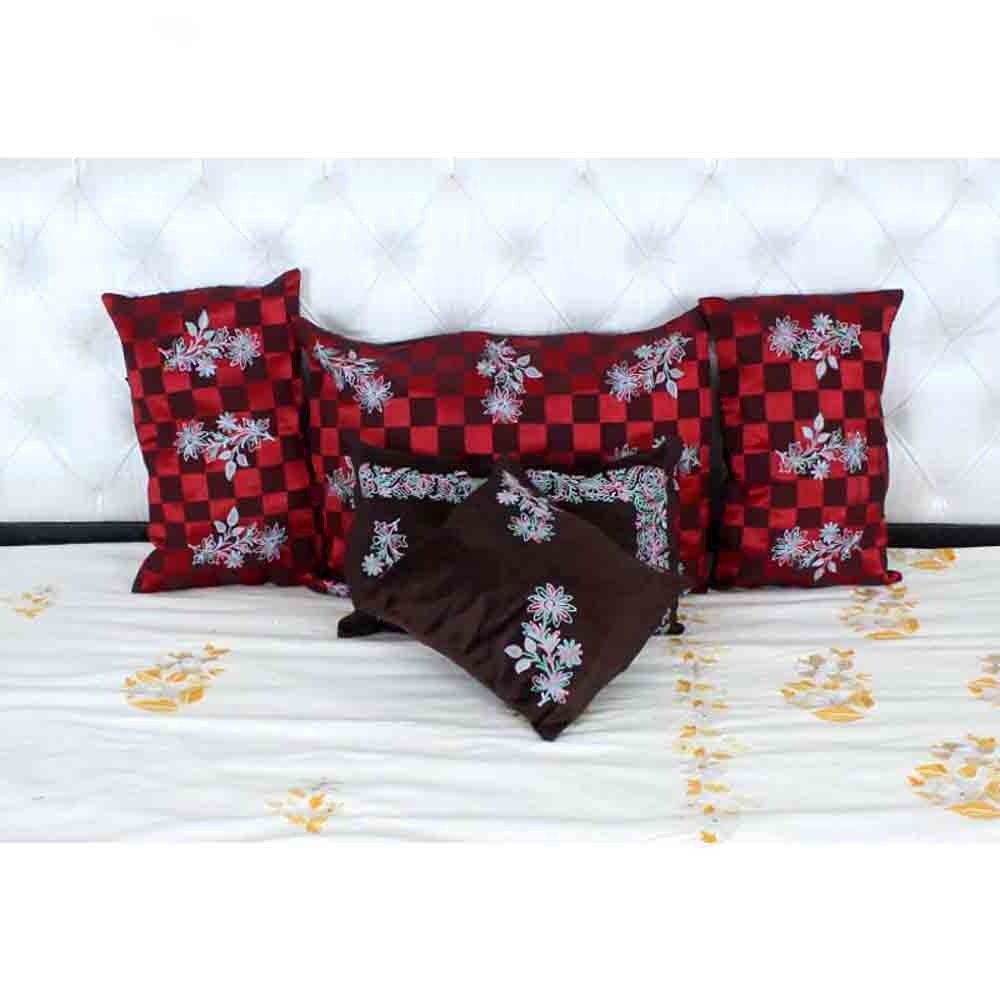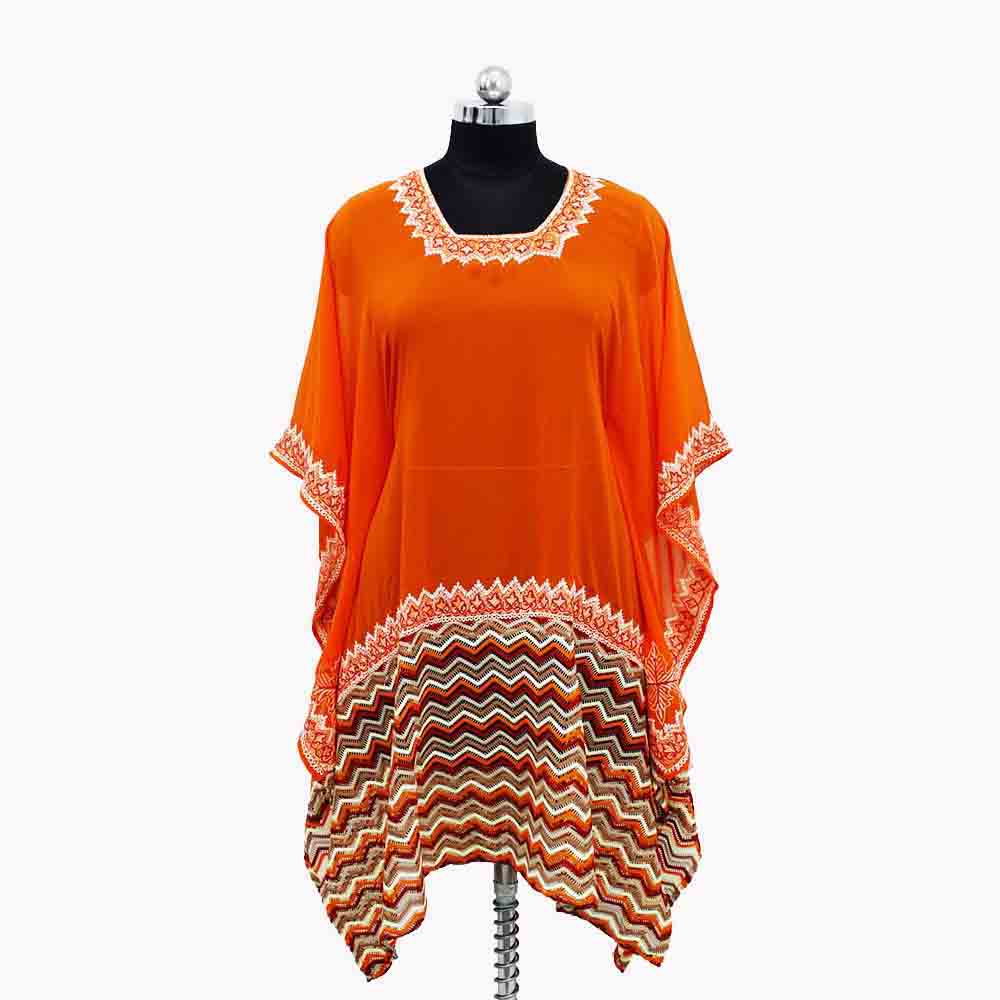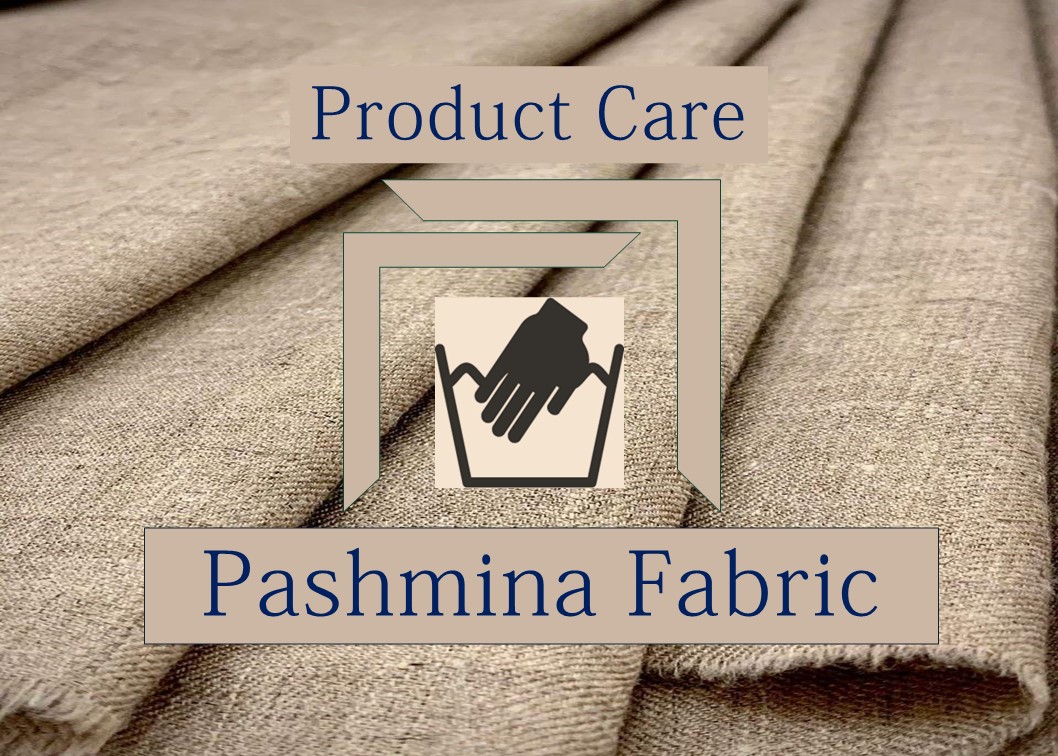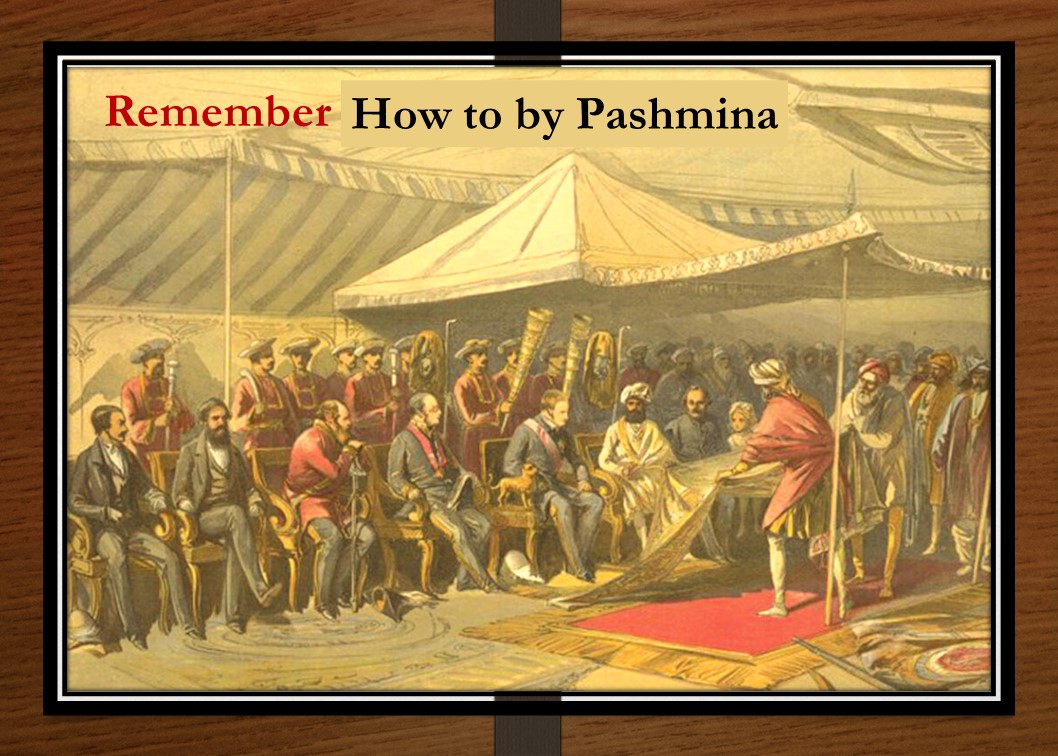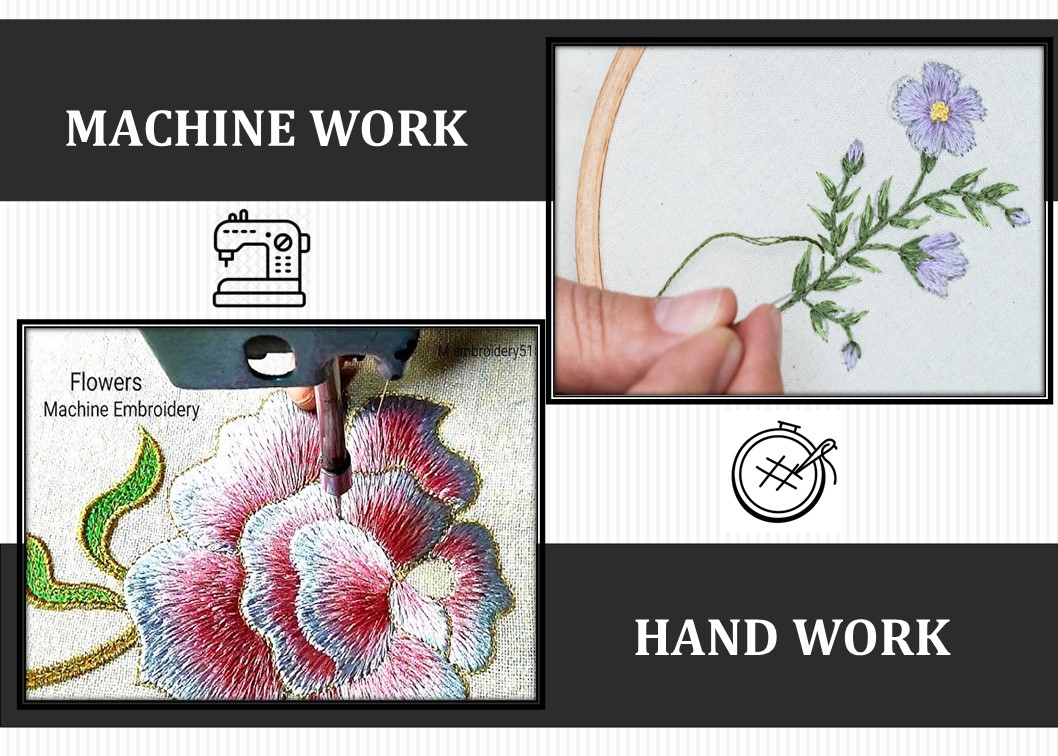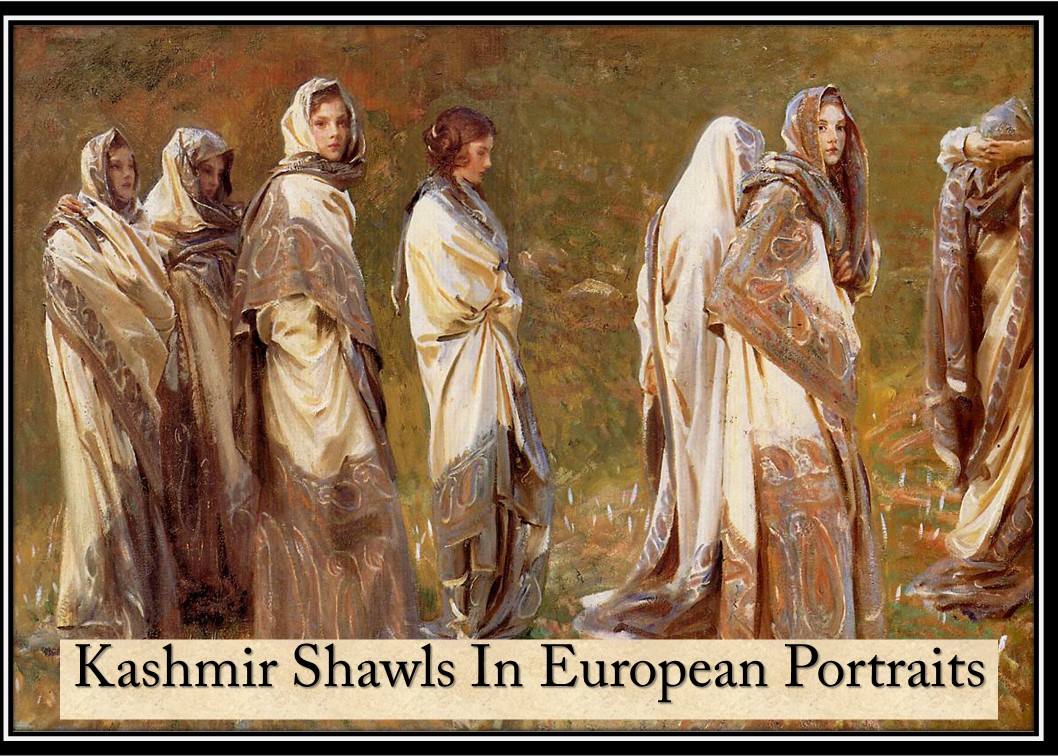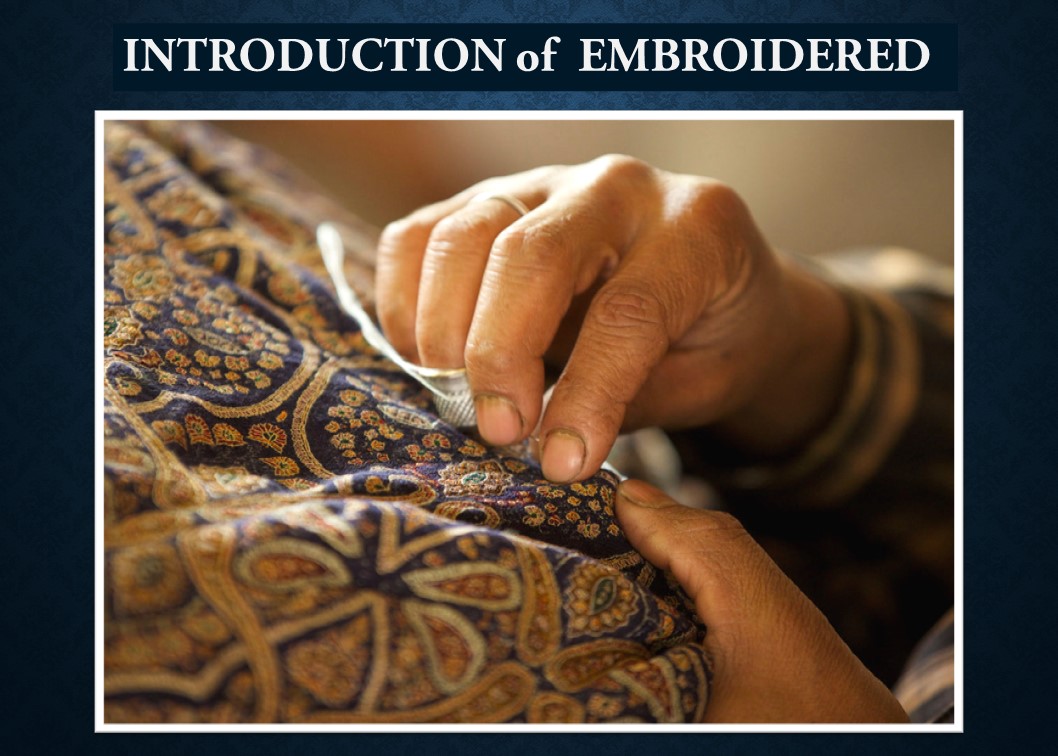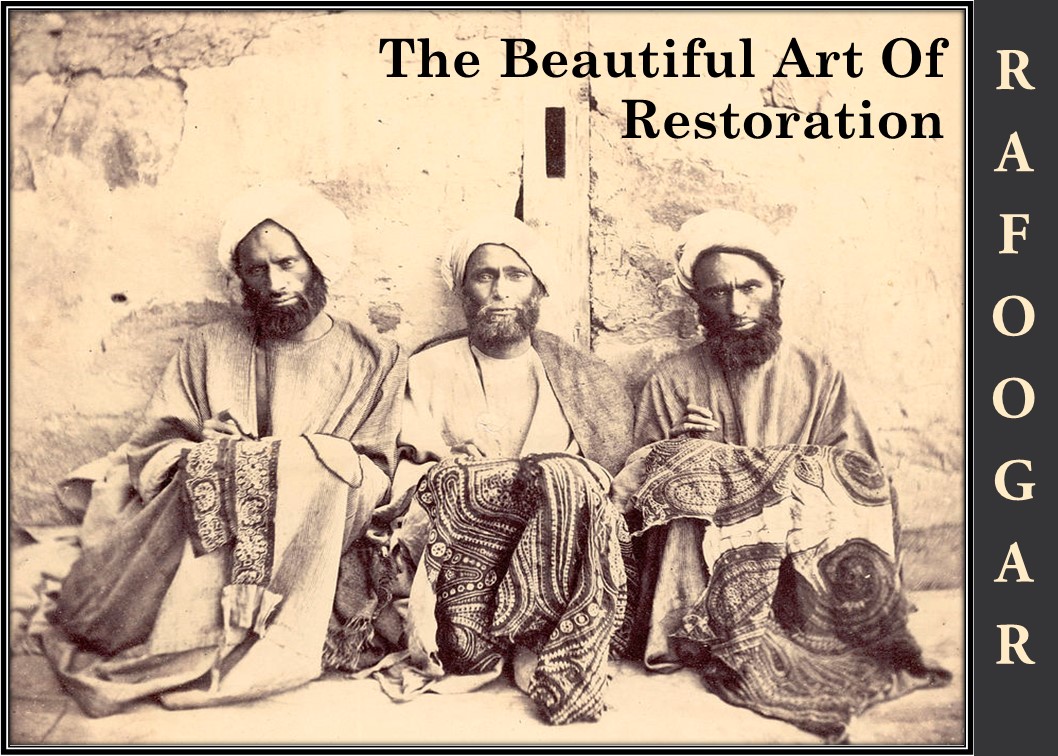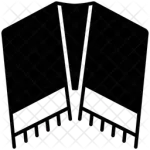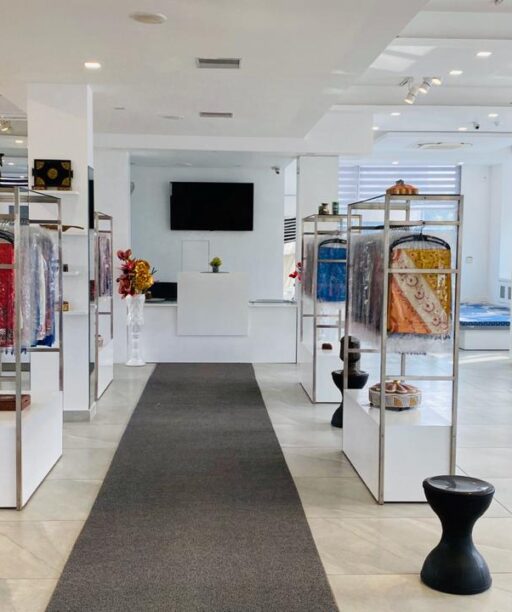JOURNEY OF PASHMINA SHAWL
The journey of the Pashmina shawl is a remarkable tale that weaves together centuries of tradition, craftsmanship, and cultural significance. Originating from the rugged terrain of Kashmir, this exquisite textile has traversed continents, adorning the shoulders of royalty, dignitaries, and fashion aficionados alike. Renowned for its unparalleled softness, warmth, and intricate designs, the Pashmina shawl embodies the essence of luxury and sophistication. Its story unfolds against the backdrop of snow-capped peaks and ancient weaving looms, where skilled artisans transform the finest wool sourced from indigenous Pashmina goats into timeless works of art. As we embark on this journey, we delve into the rich history, intricate craftsmanship, and global resonance of the iconic Pashmina shawl, a treasure trove of tradition and elegance.
THE MAKING
The history of Pashmina spans centuries. Kashmiri Pashmina shawls were first presented abroad over 700 years ago. And to date, these shawls have retained their value in the international market.
Here’s what goes into the making of the almost exquisite shawls the world has ever seen.
THE PROCEDURE

THE SELECTION
As an expert in Pashmina, we have prowess in selecting only the finest of Chyangra’s hair.
All our fiber is hand-combed to maintain its quality & preserve its natural beauty.
Besides we ensure that no raw material comes from sources that violate human/animal right

THE YARN
With the help of parota, the pashmina yarn is wound on a small flange ribbon. The sizing of the yarn is done in the form of hang by
employing the Saresh as an adhesive in order to boost the strength and weave ability of the yarn. As far as the wrapping of yarn is
concerned, it is manually done with the help of sticks. The procedure is time-consuming and creates non-uniform tension during the
weaving. The weaving of pf Pashmina is magnitude by the special kind of resin/starch

THE WEAVING
Cashmere is a delicate form of wool celebrated for its softness and exclusivity. It hence has to be woven manually so
that the delicate fiber does not face the harsh processing of a machine.
For this reason, a handloom is used to weave fine Cashmere yarn, to prepare luxury Pashmina shawls, which take 3-4 days

THE LIVELY ELEMENTS
Conventional keepers of Pashmina goats are the tribe Changpa, who live in the Ladakh region of India.
They are semi-nomadic people of Tibetan origin and inhabit the Changthang plateau.
Even with little or no access to the mainland, these tribes have lived on their own for centuries, herding the goats
whose pashm is the backbone of the entire Kashmir pashmina industry
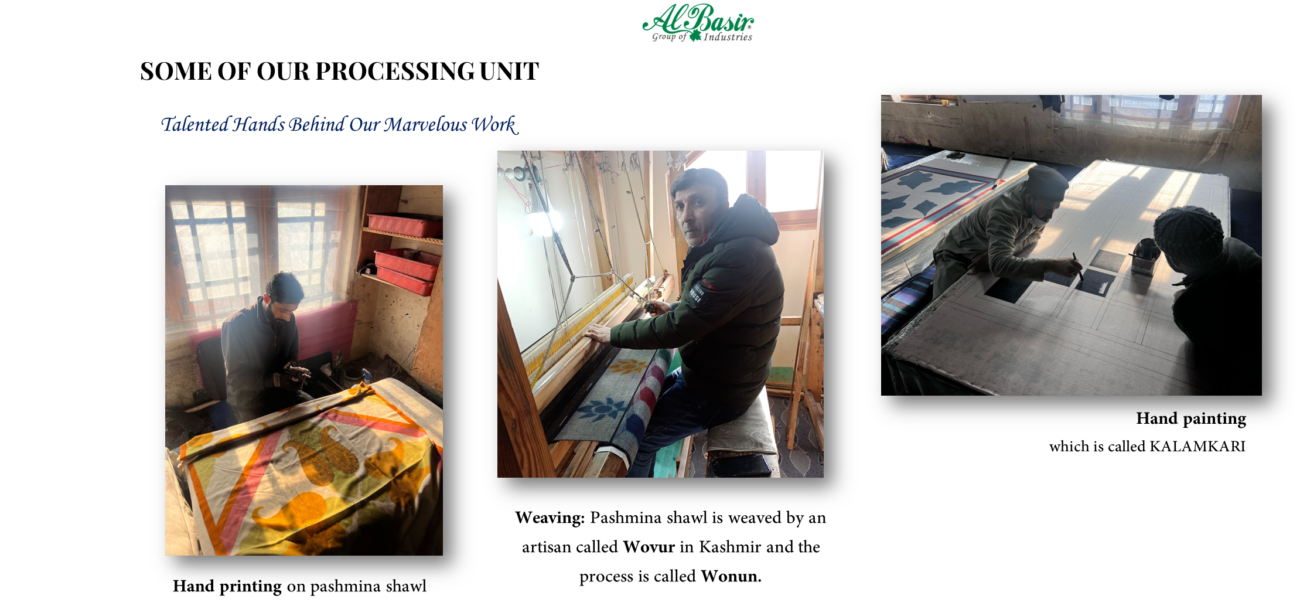

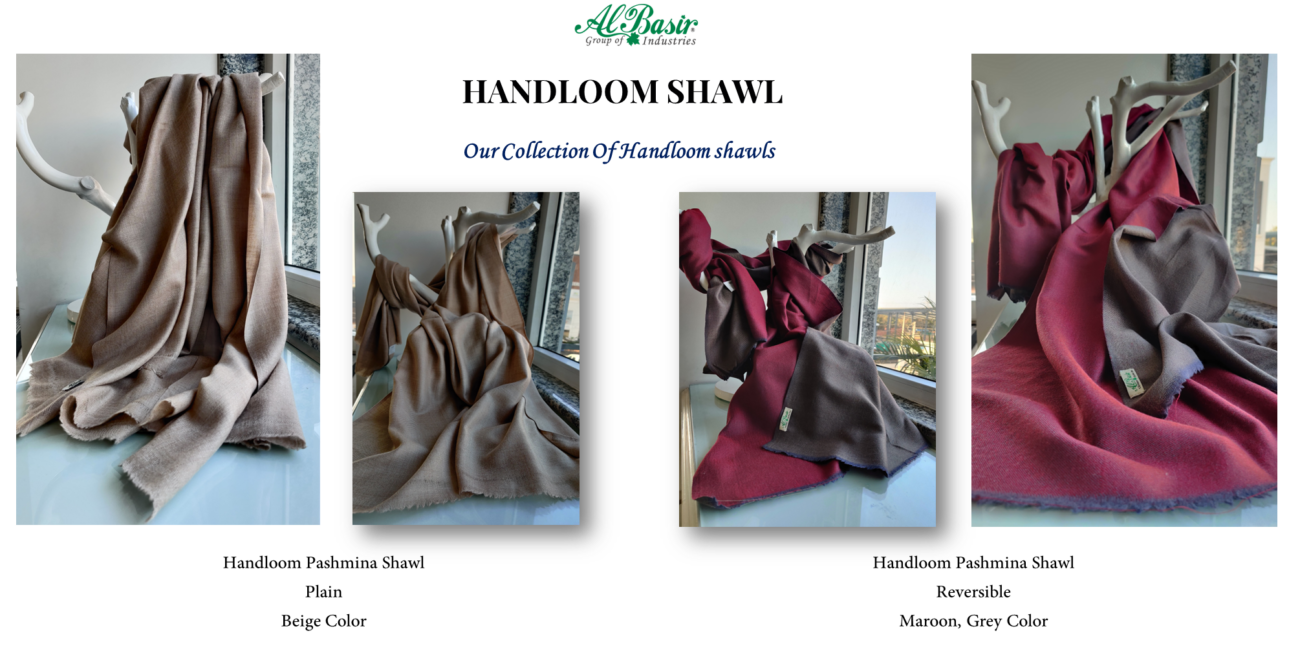

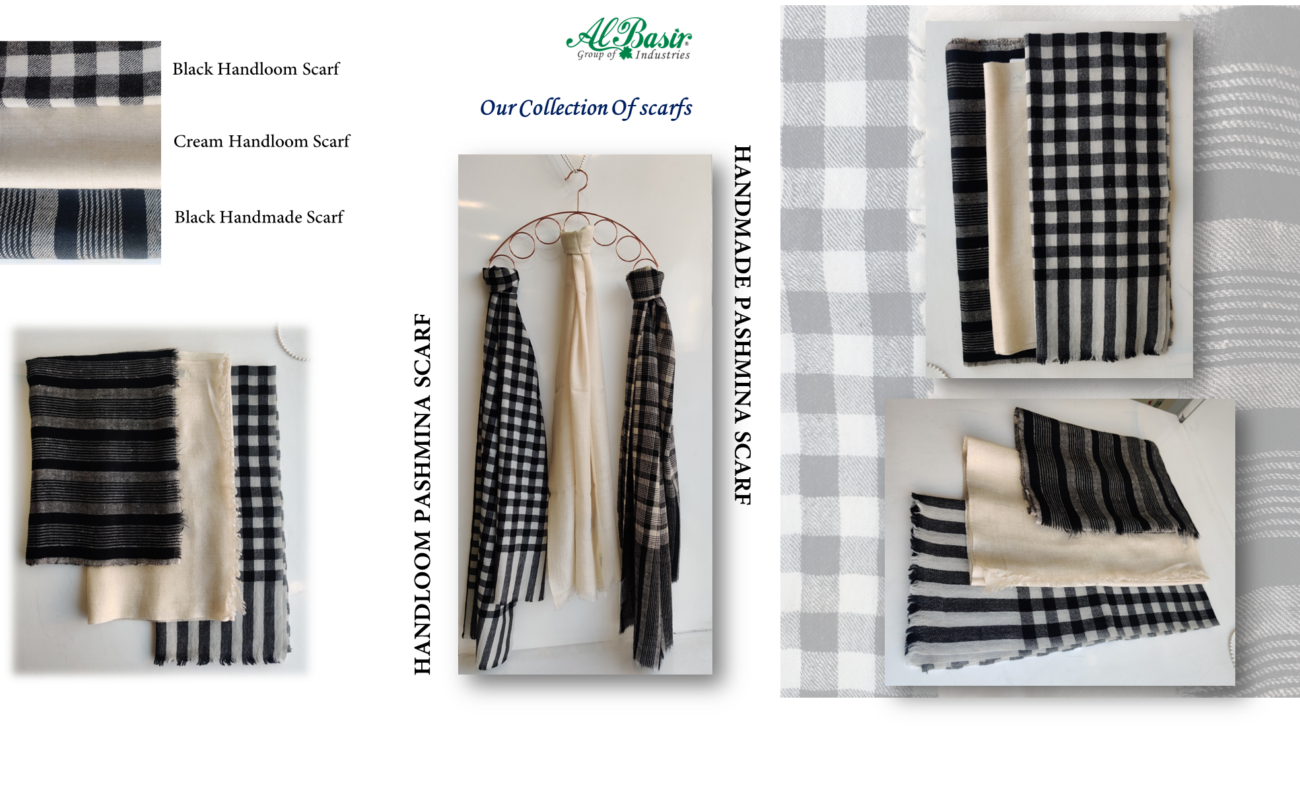
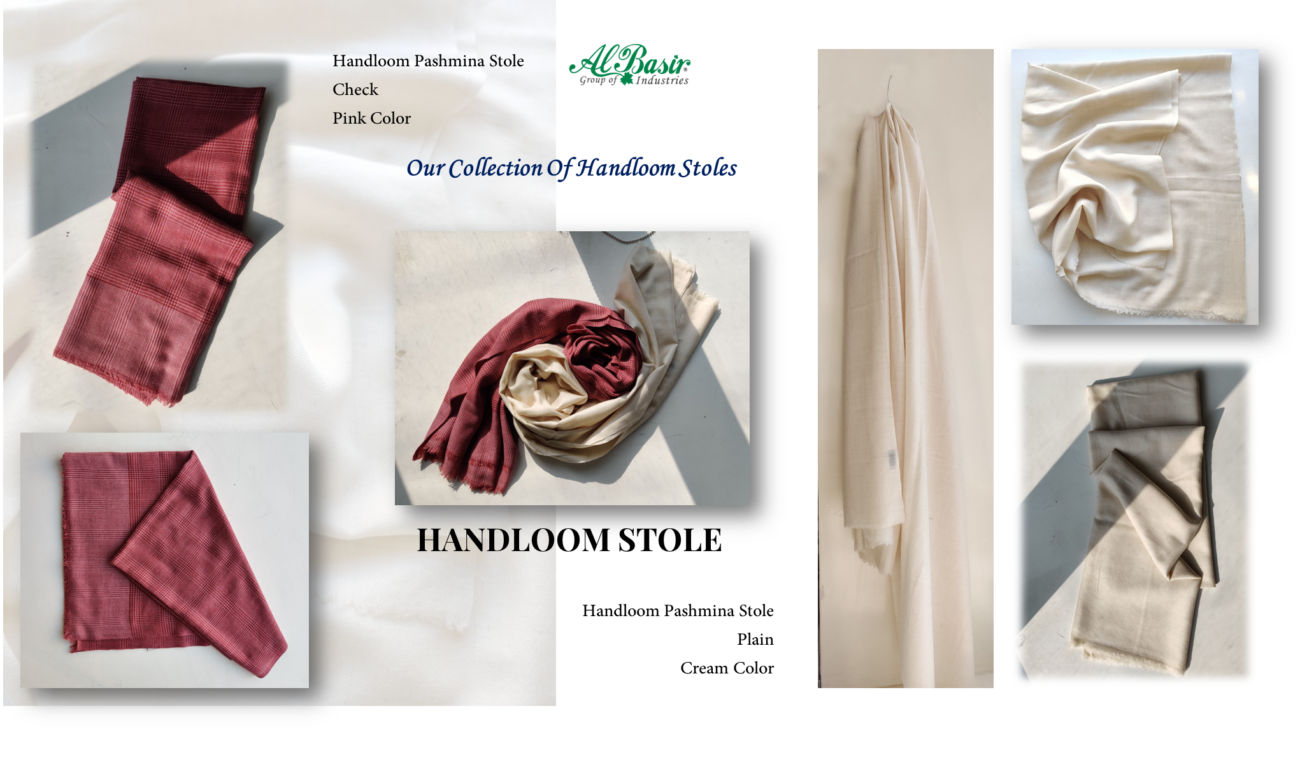
5 THINGS TO KNOW
- 1.100 per cent Cashmere: Pashmina shawls are made of cashmere, the wool of Himalayan goats, and so always make sure to check or inquire about what the shawl is made of. All authentic Pashmina shawls are made of 100 per cent cashmere, and authentic sellers are also aware and particular about the same.
- 2.Fibre diameter: Authentic pashmina fabric will have fibres just about 15 -19 microns in diameter, making them thinner than human hair. That low micron count is what makes Pashmina shawls feel light and soft, yet luxurious. So, checking the fibres before buying one is a must.
- 3.Uneven weave: Cashmere wool is extremely delicate, because of which it can only be spun by hand. As such, authentic Pashmina shawls will always have irregularities in the weave, making them uneven in places, which won’t be there in machine-woven fakes. That painstakingly exquisite handwork is what makes them so expensive as well.
- 4.Check for static electricity: By rubbing the fabric with your hands, you’ll be able to check if it is made from authentic animal wool fibres or not. Synthetic fabrics create a lot of static electricity when rubbed together, causing the hair on your body to stand on end.
- 5.Check the label: As a rule of thumb, all authentic Pashmina shawls will carry a label calling out the make and composition proudly. But real Pashminas will always have the tag stitched onto the hem because it cannot be glued or stuck onto the fabric. Forget spoiling its luxuriousness; glue doesn’t hold on to cashmere wool for long. So, if there’s one stuck on a shawl, it’s a fake.
Please call our Customer Care for any query. (9am to 6pm) +91 9463 777 888 or write @ info@albasir.in.
LAST UPDATED: 24-04-2024, By SHEIKH ABDUL ROUF.
-
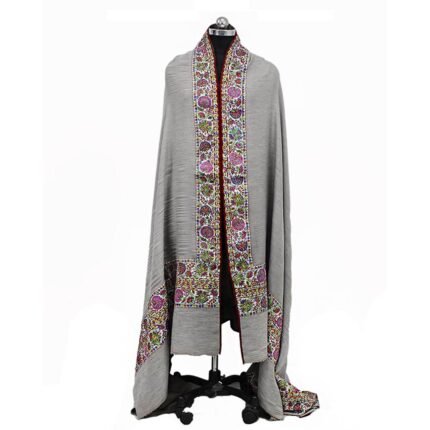 Shawl Men’s Sozni Pashmina₹65,000.00
Shawl Men’s Sozni Pashmina₹65,000.00 -
 Shawl Men’s Sozni Pashmina₹63,000.00
Shawl Men’s Sozni Pashmina₹63,000.00 -
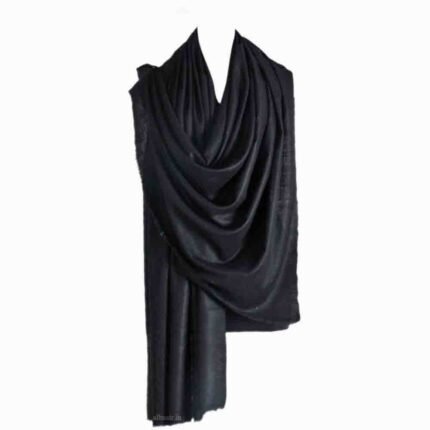 Shawl Handmade Pashmina₹16,000.00
Shawl Handmade Pashmina₹16,000.00 -
 Shawl Handmade Pashmina₹16,500.00
Shawl Handmade Pashmina₹16,500.00 -
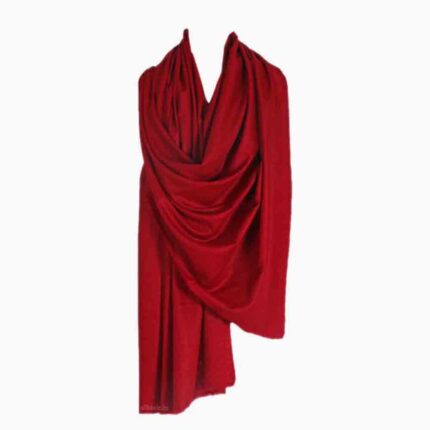 Shawl Handmade Pashmina₹16,500.00
Shawl Handmade Pashmina₹16,500.00 -
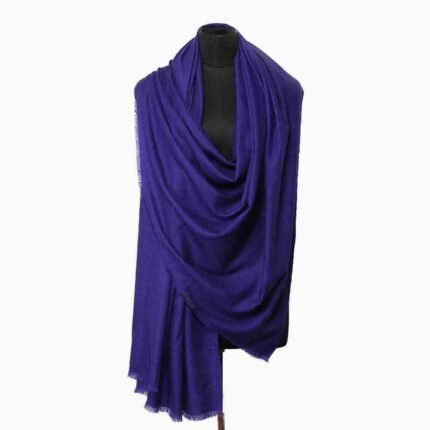 Shawl Handmade Pashmina₹16,500.00
Shawl Handmade Pashmina₹16,500.00




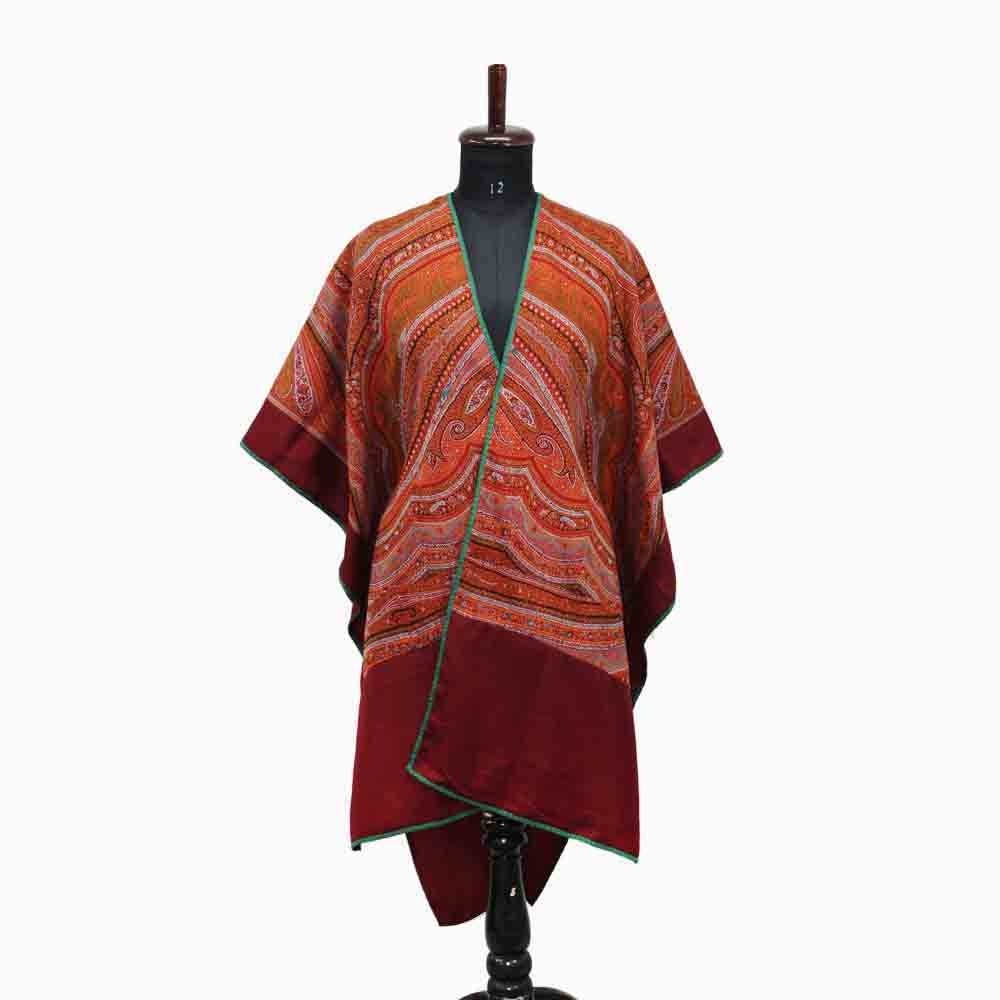
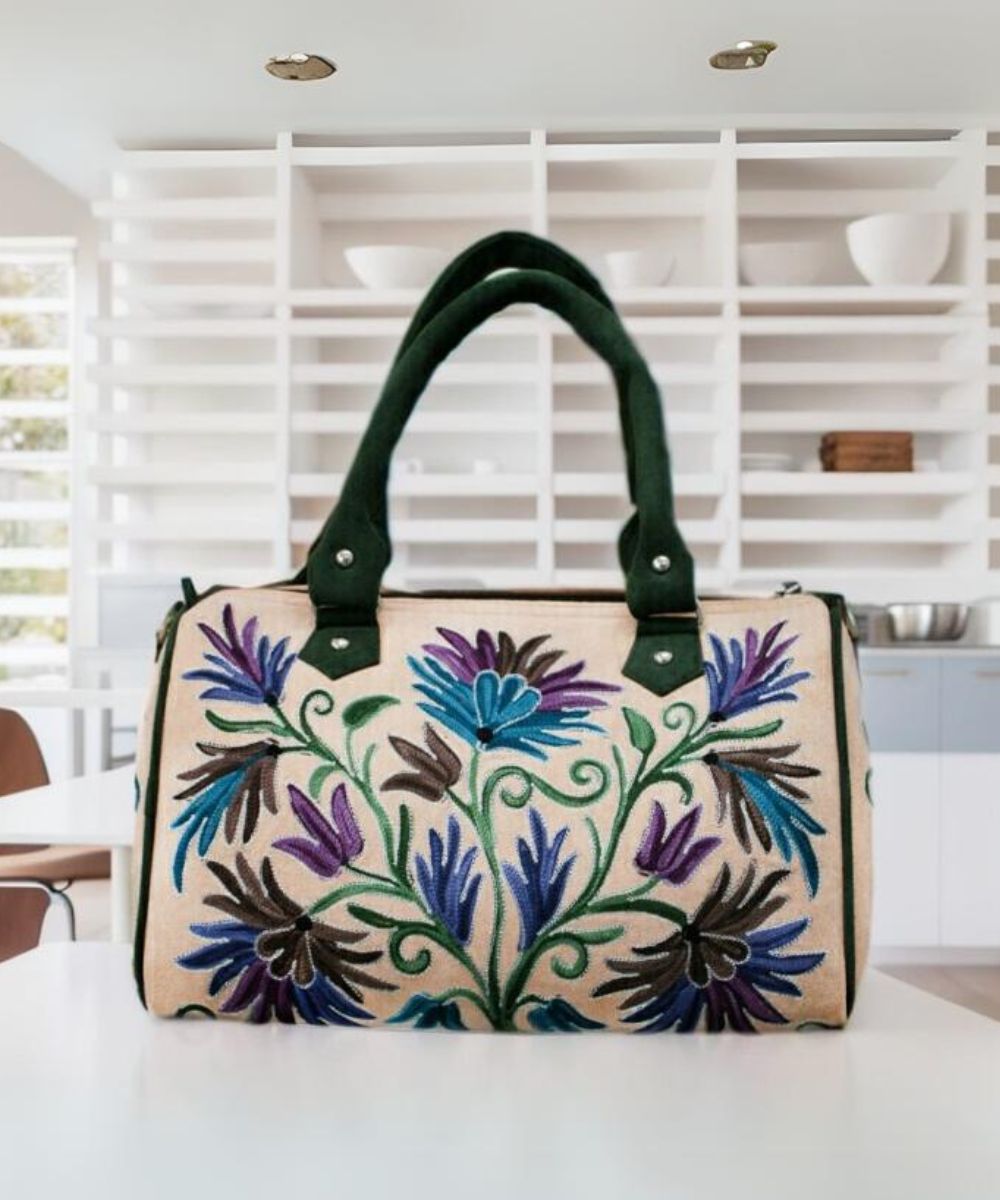
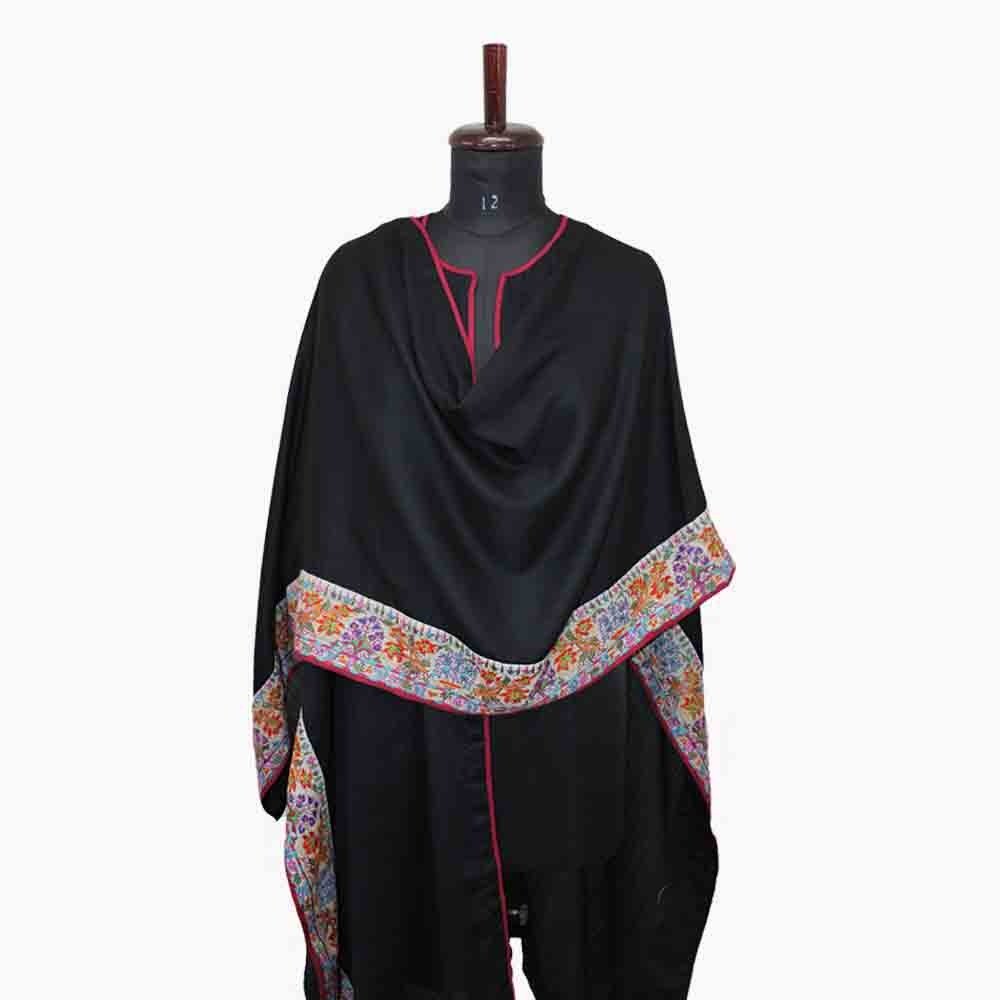
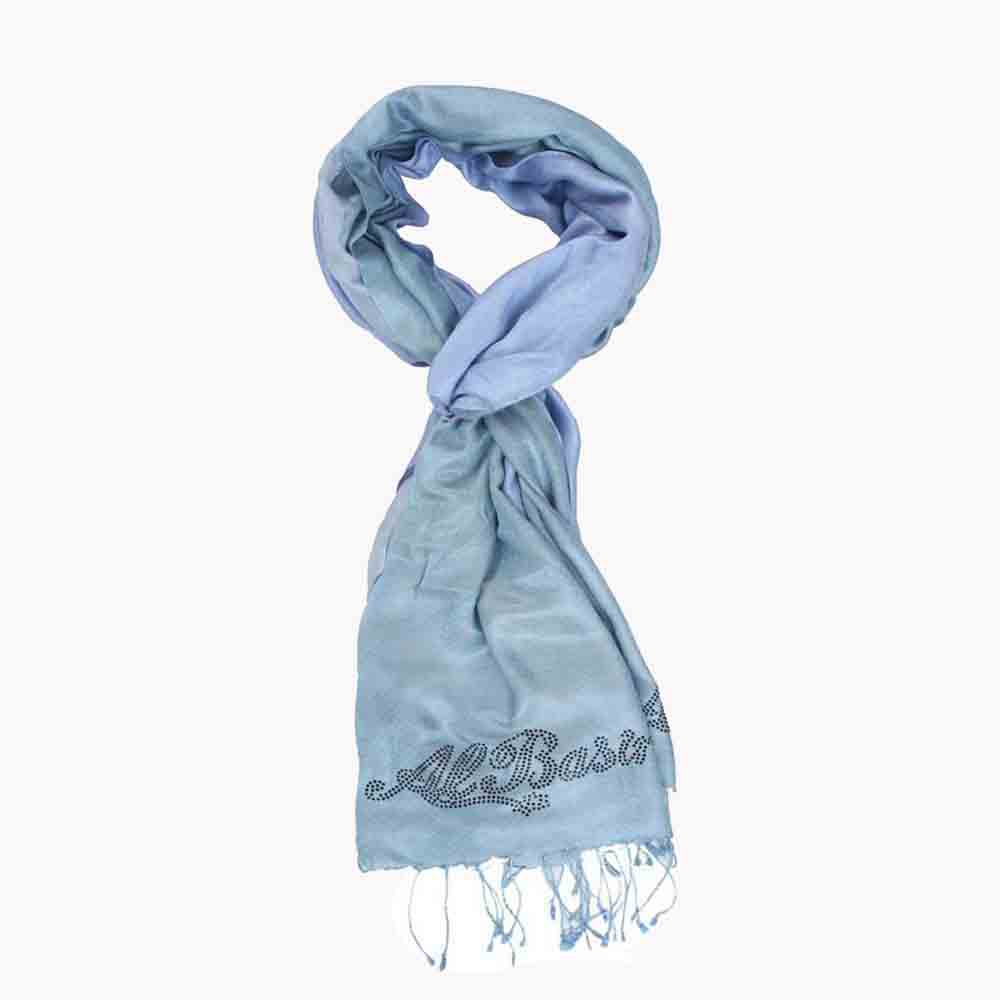


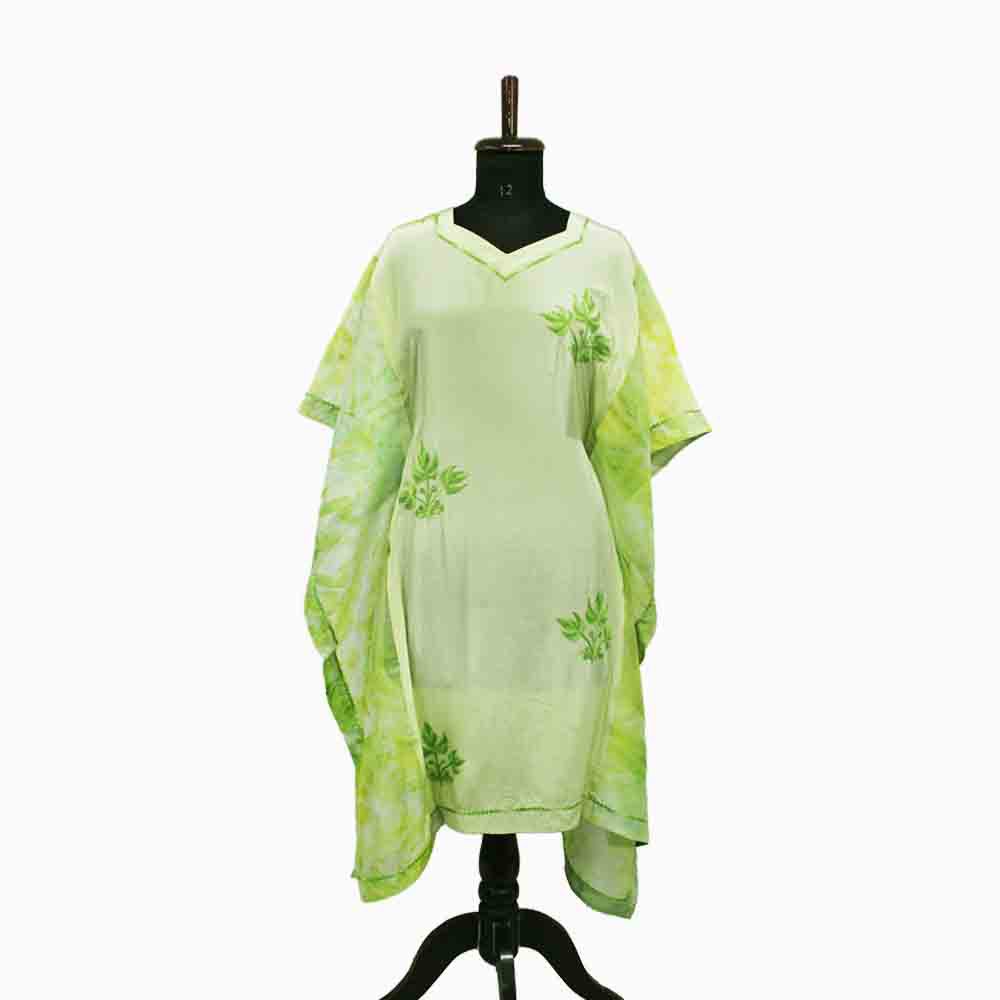
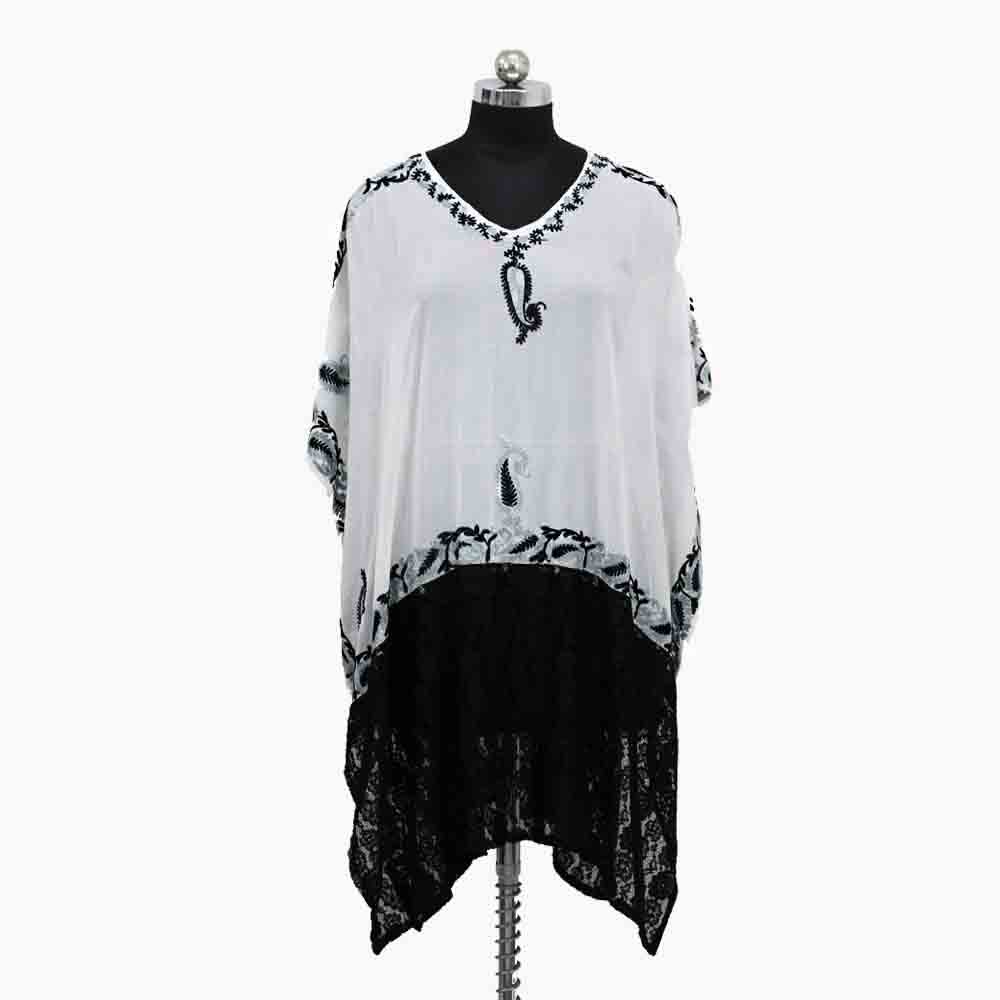
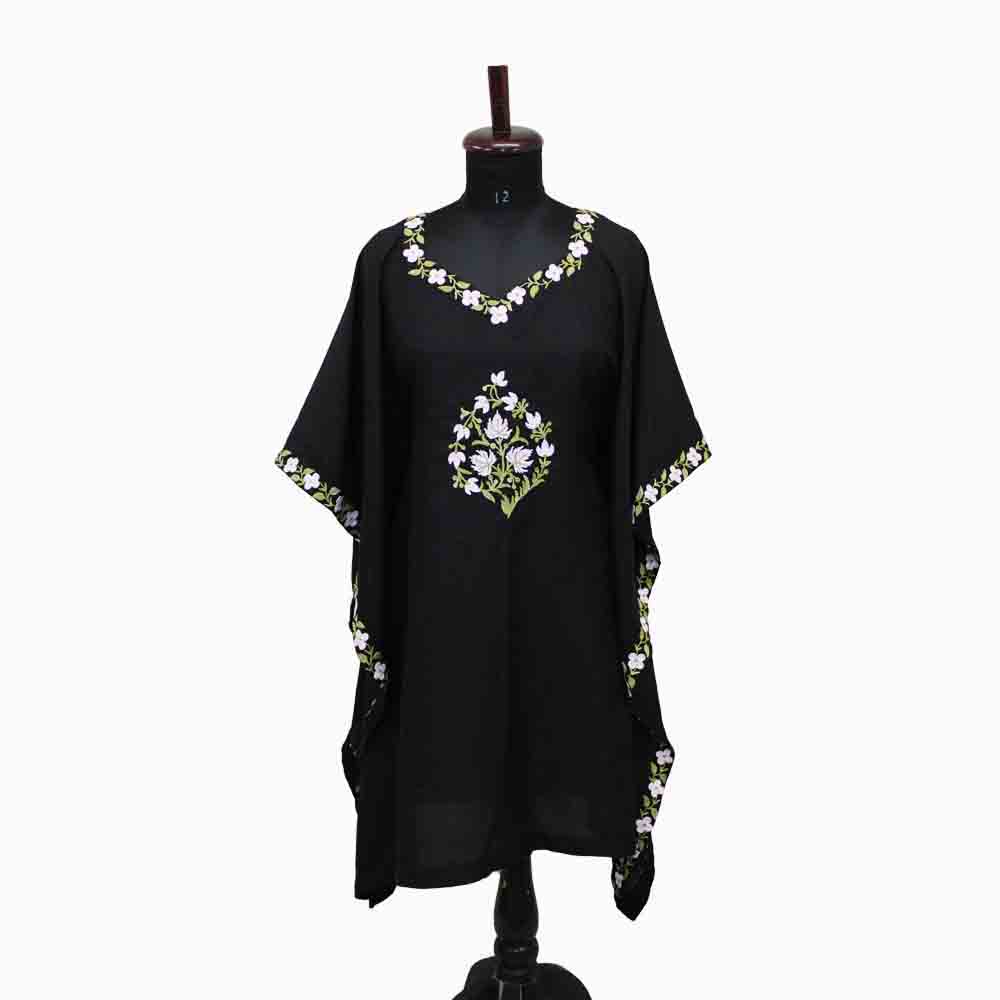

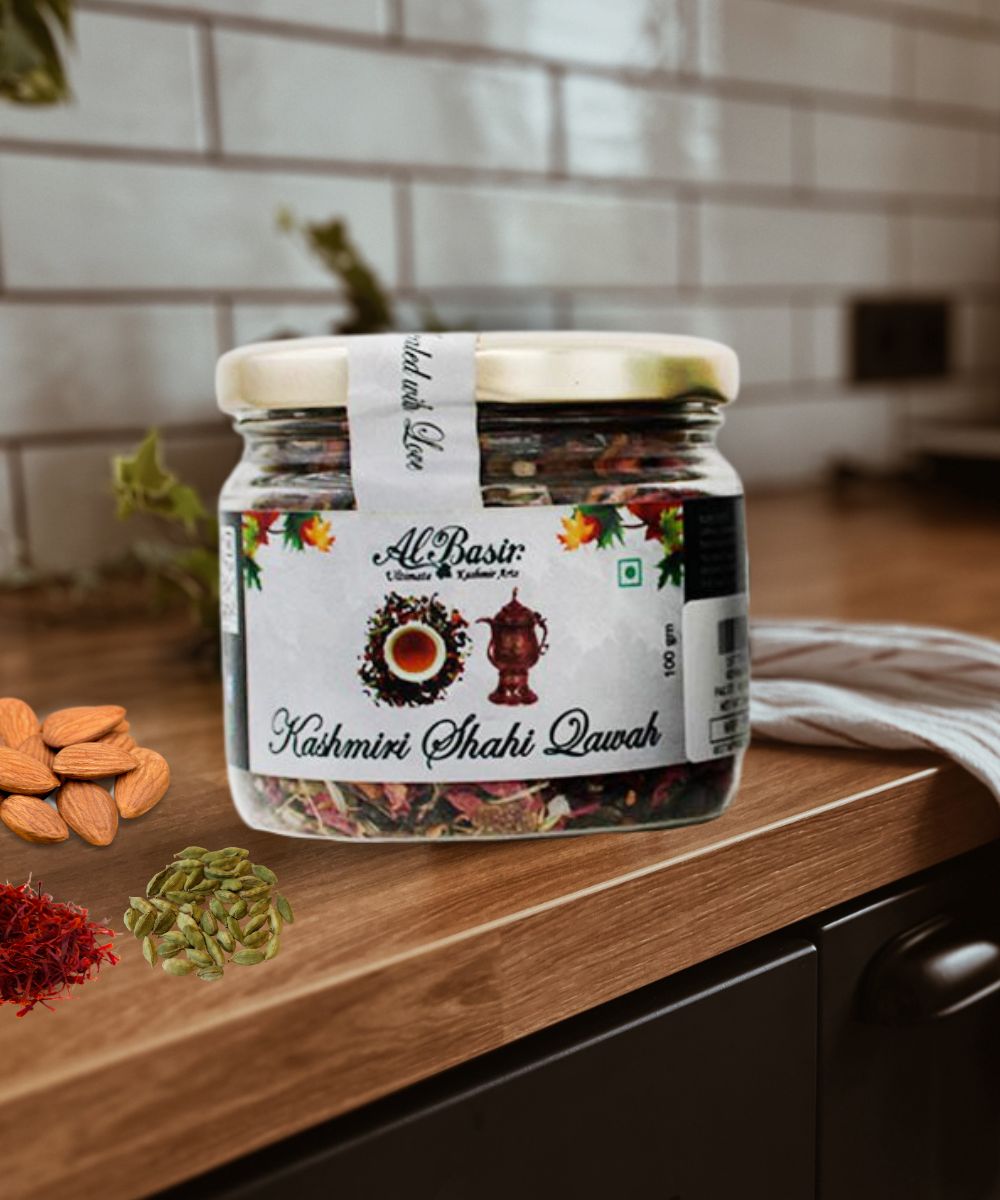
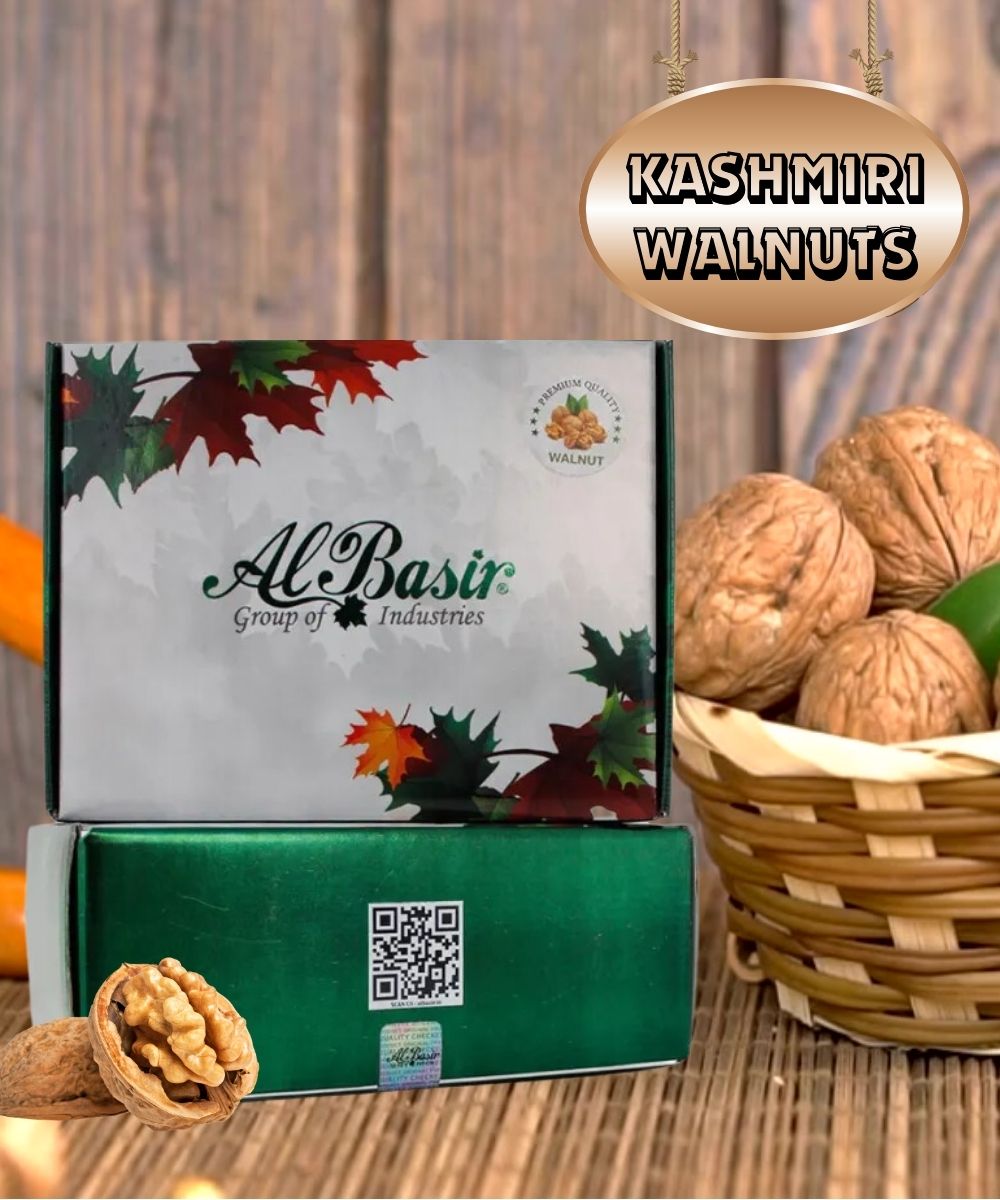
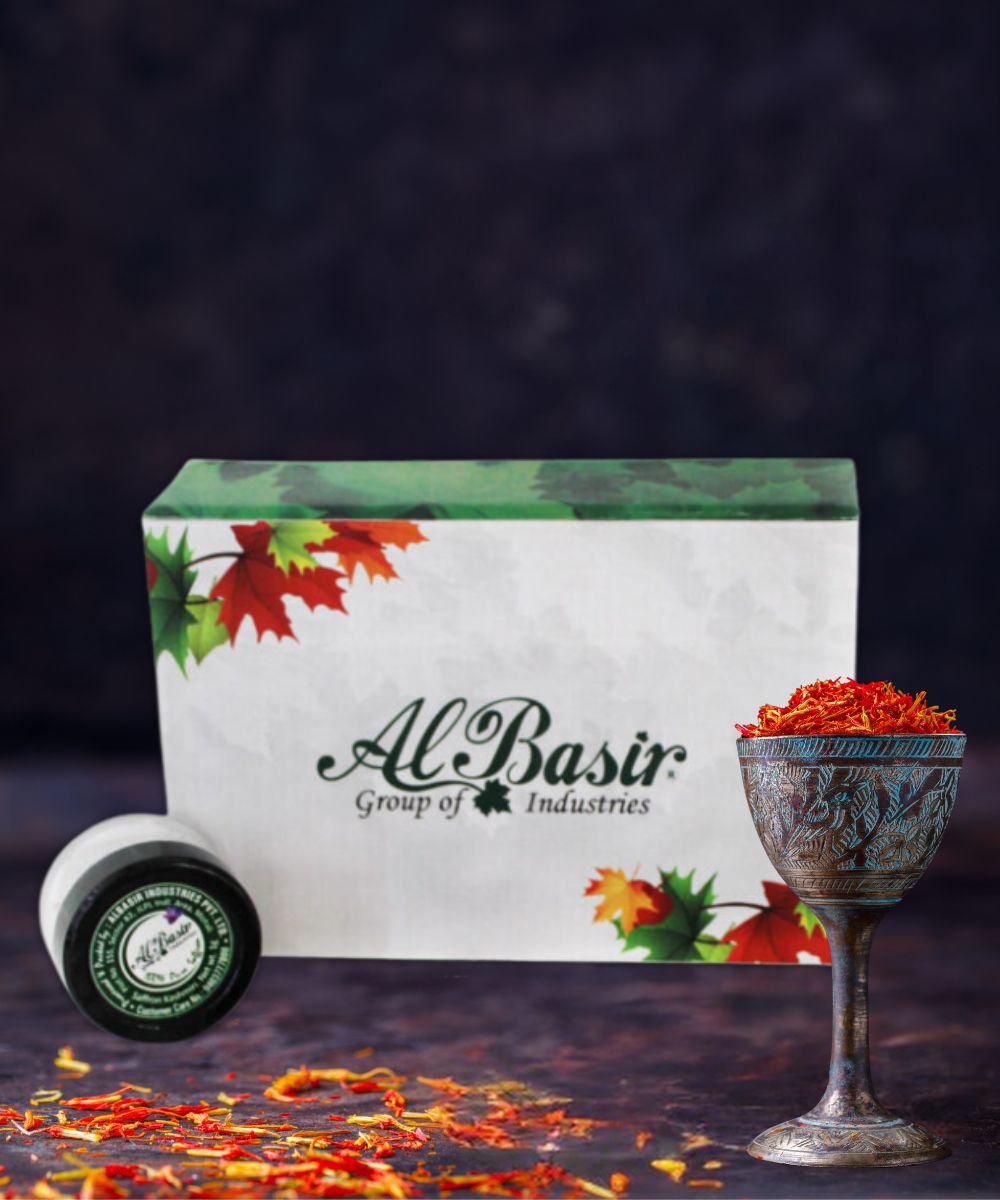
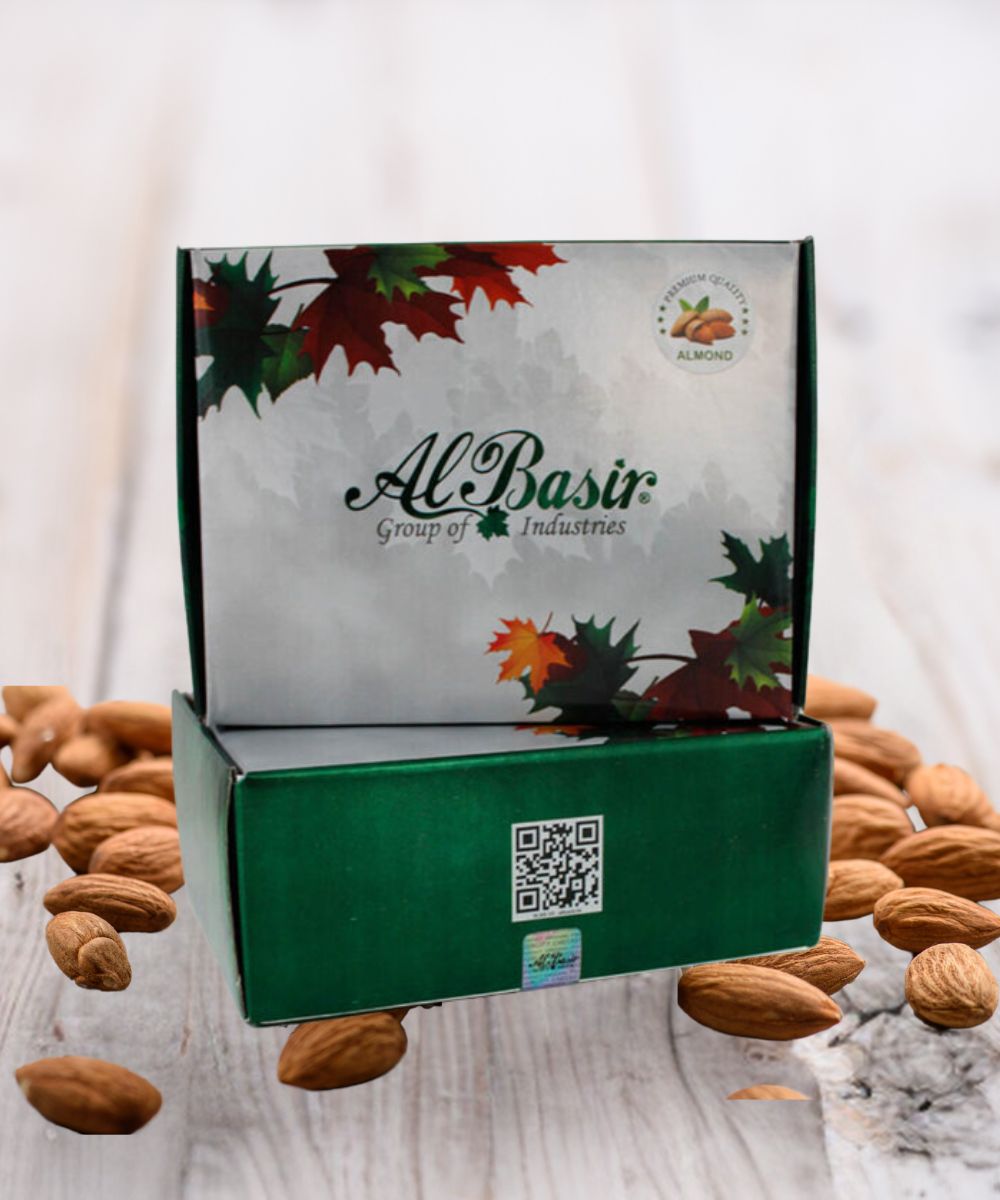
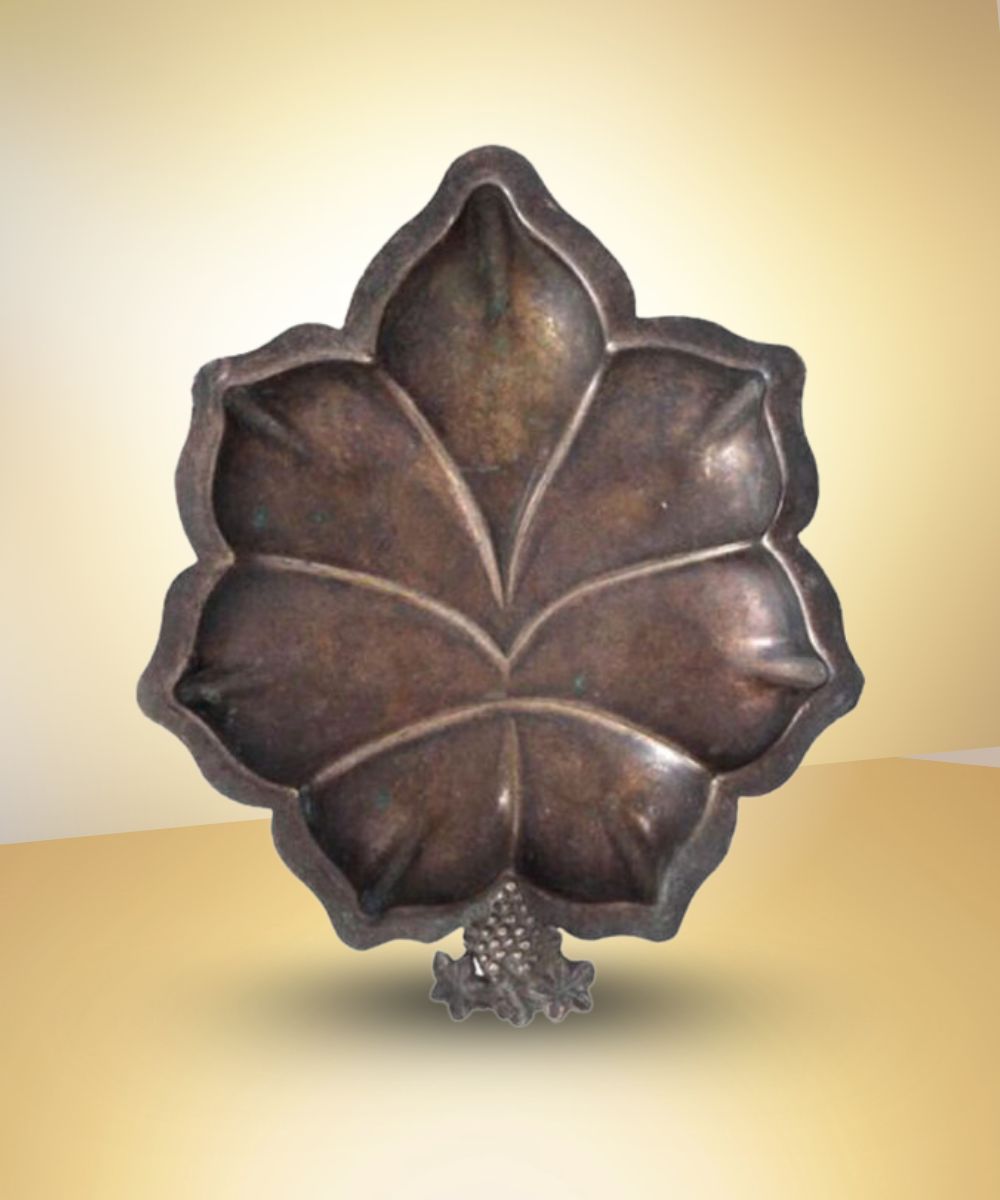
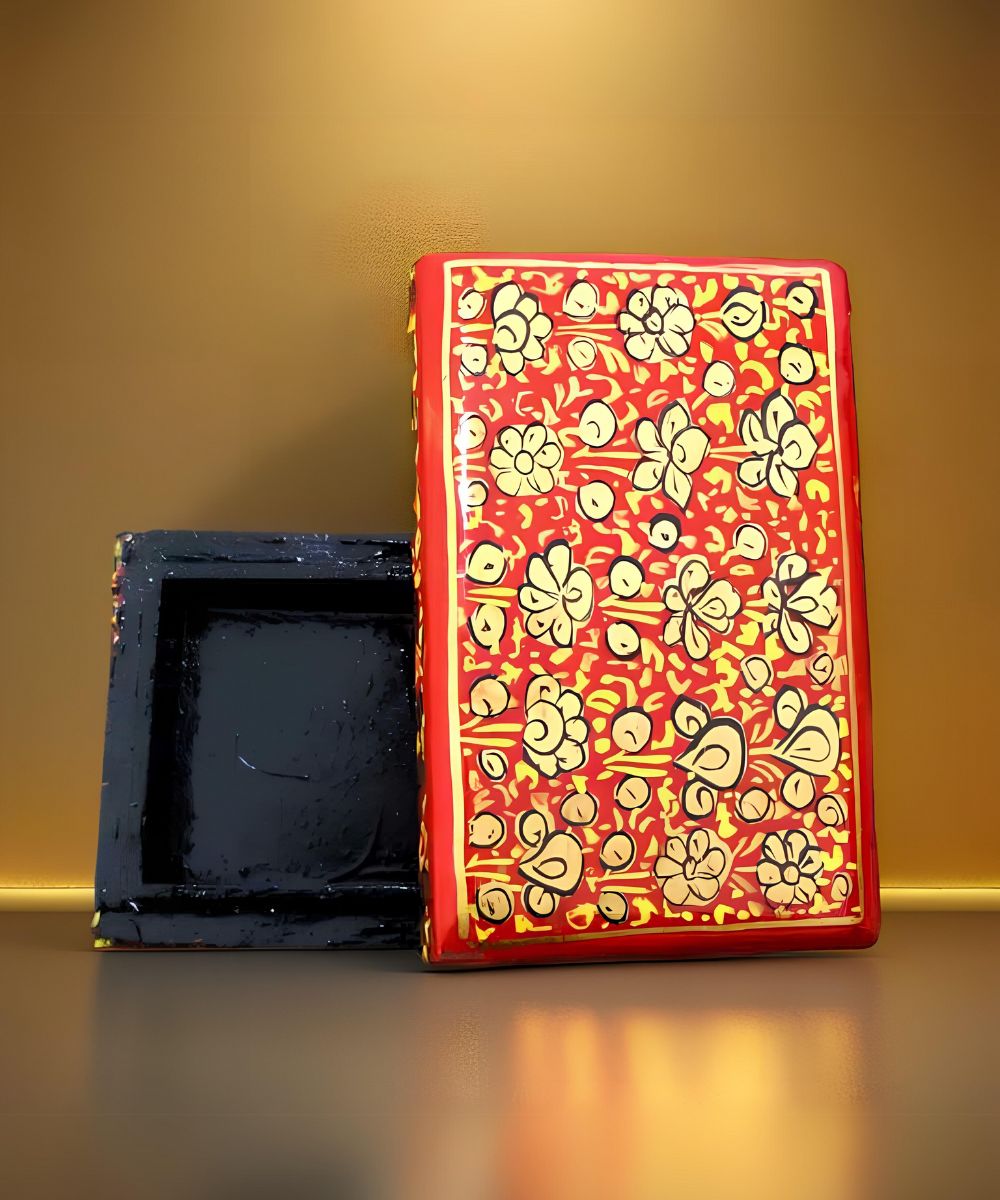
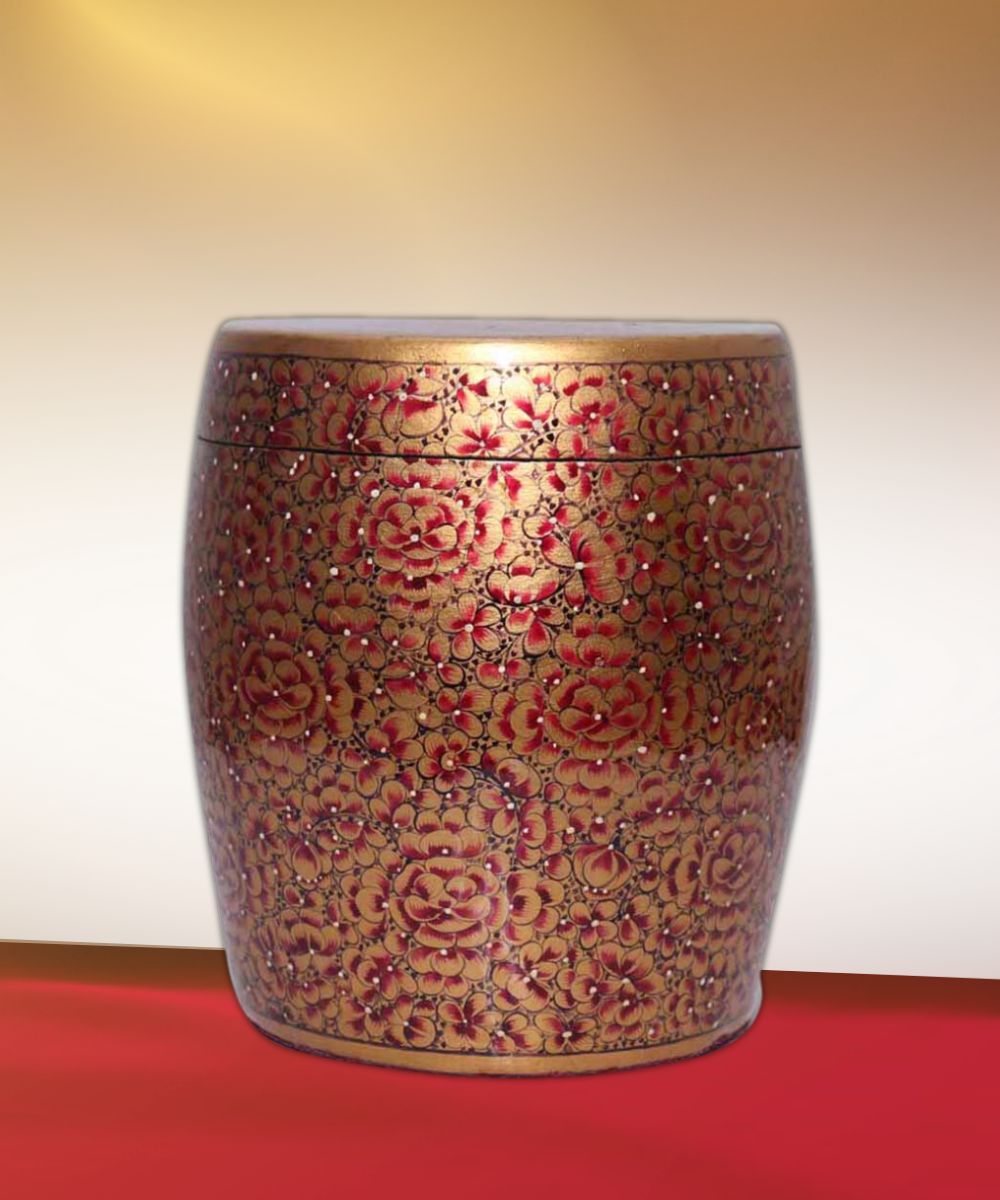
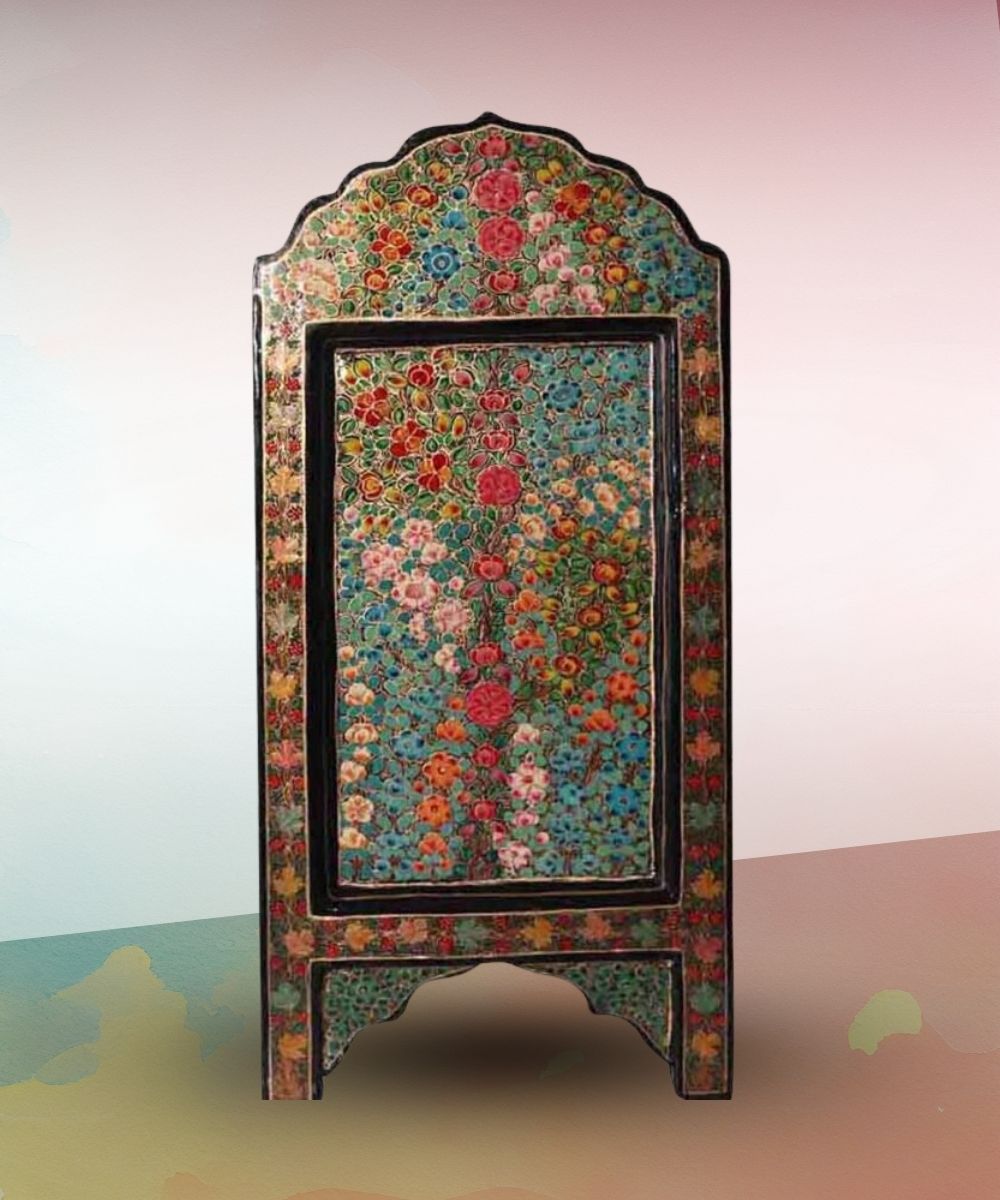
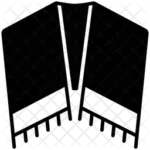
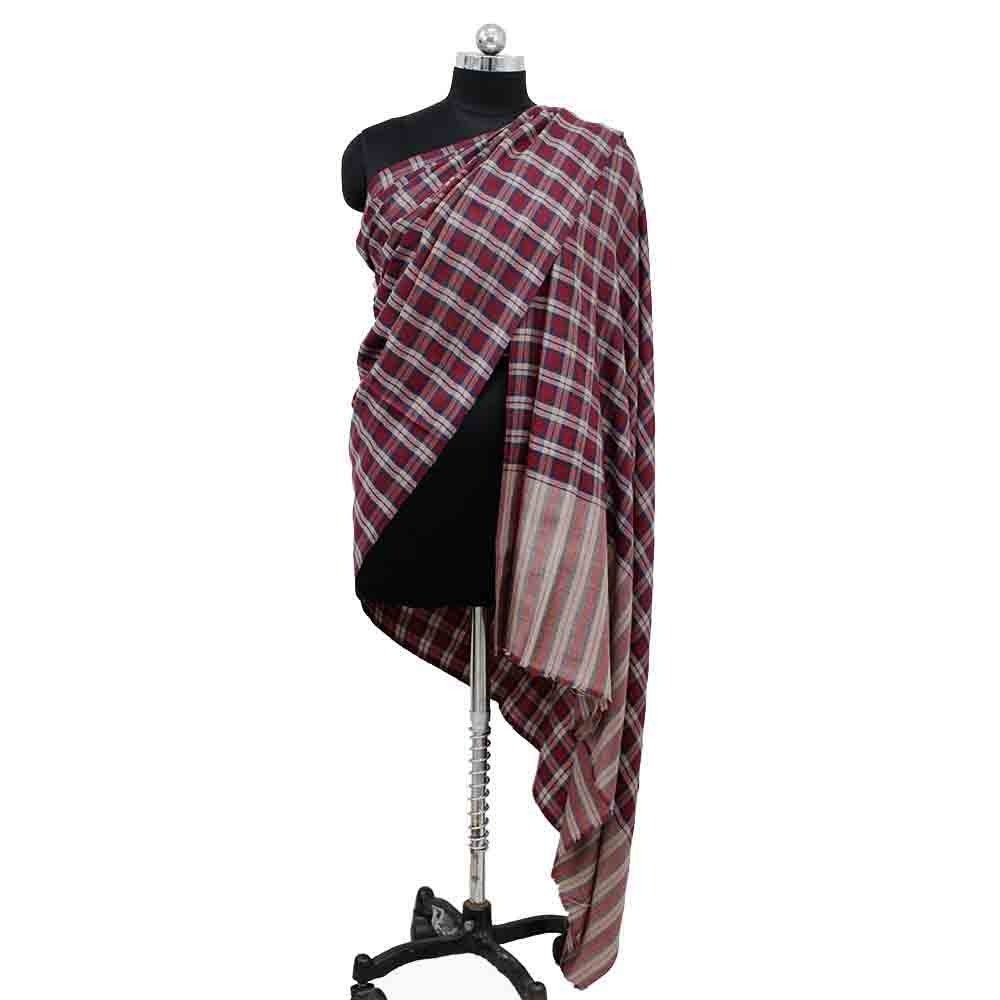
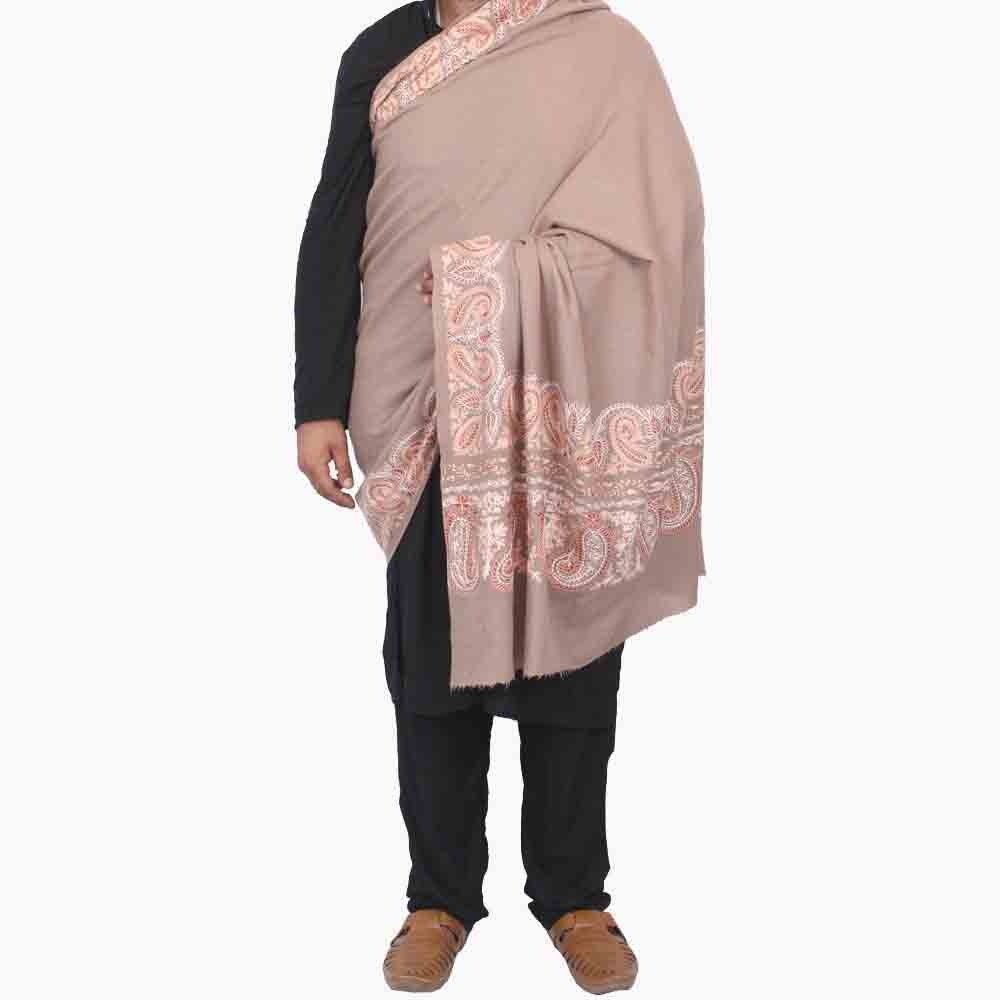

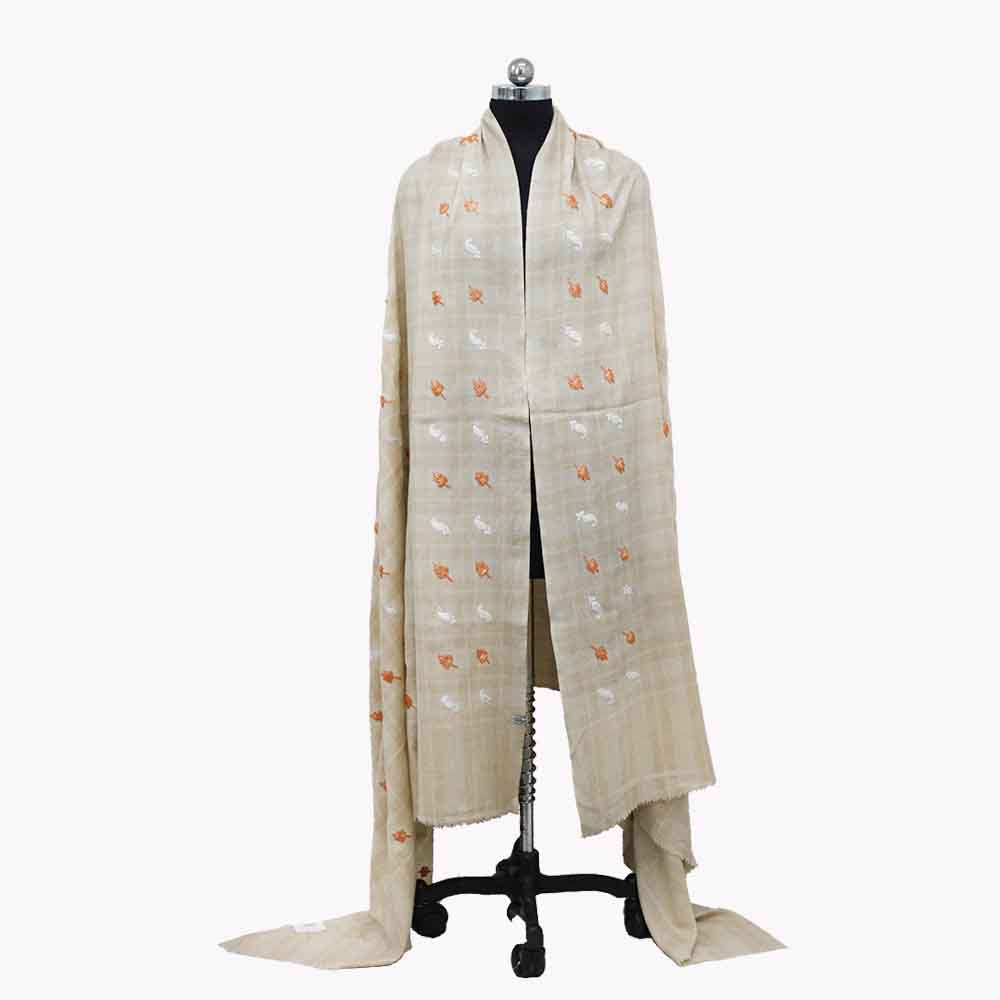


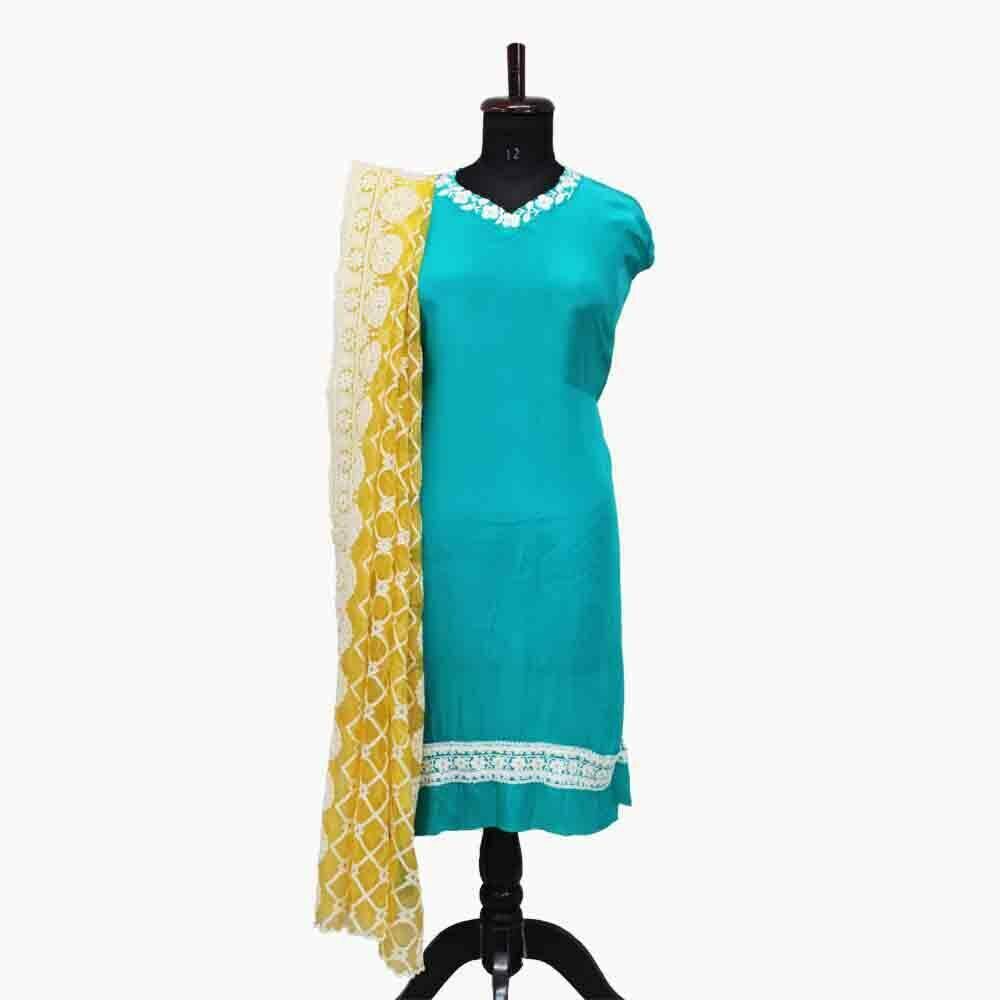

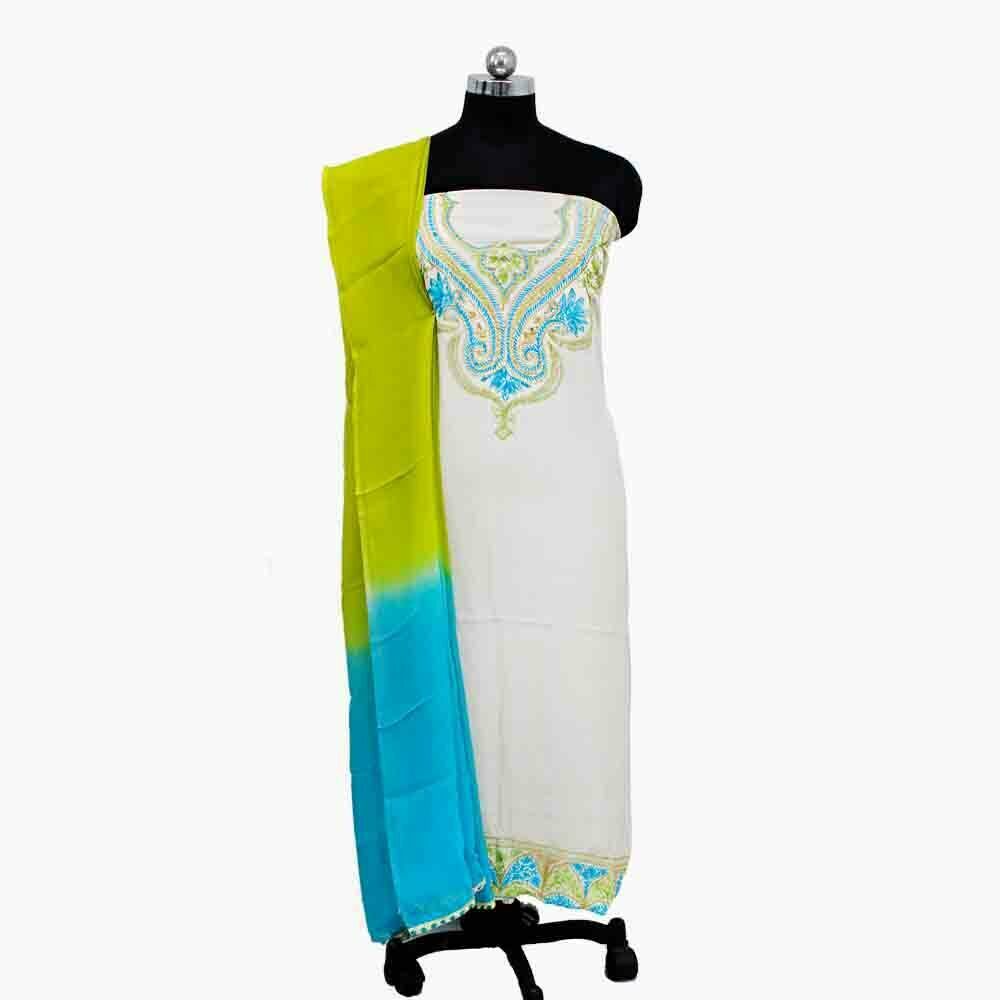
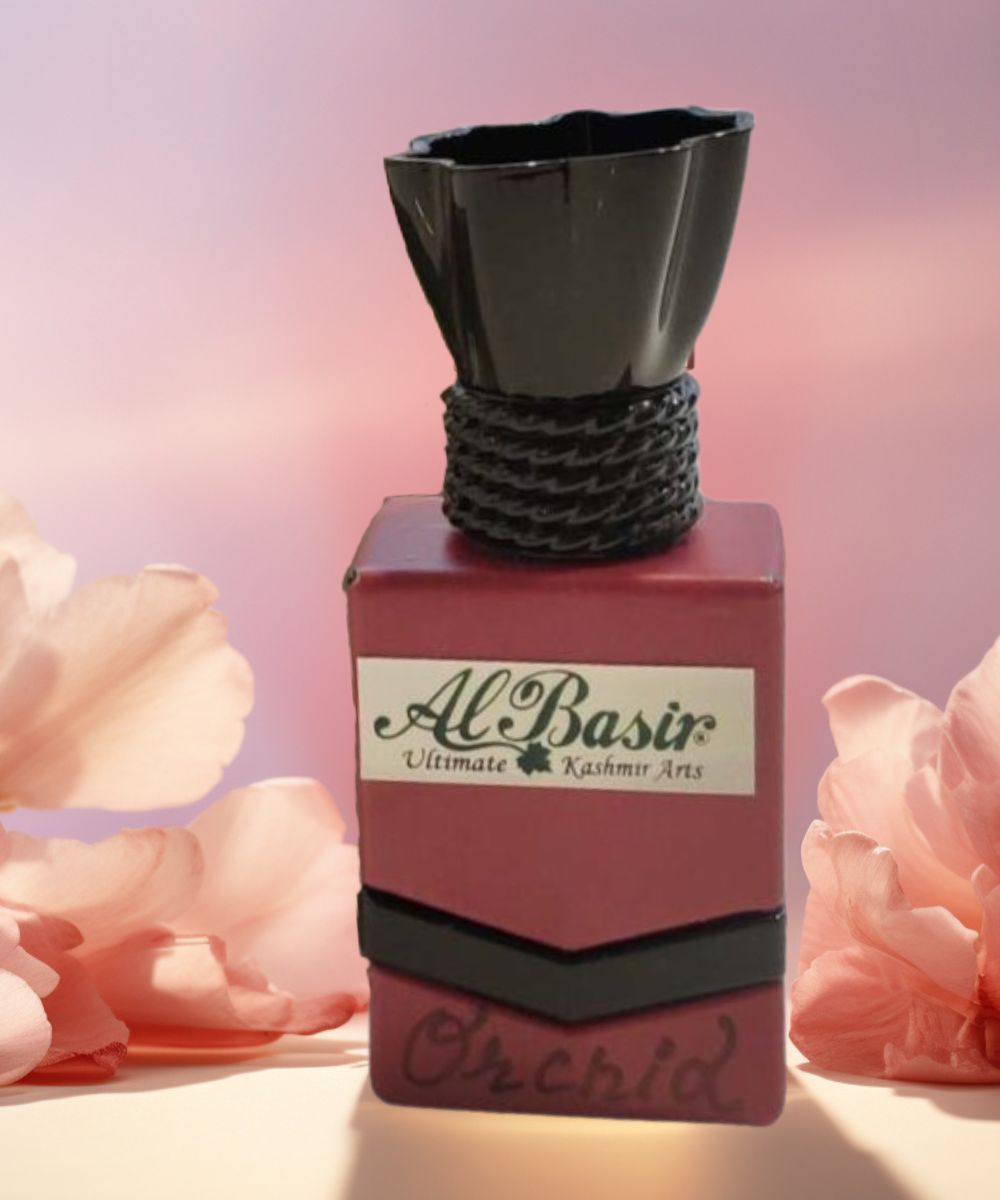
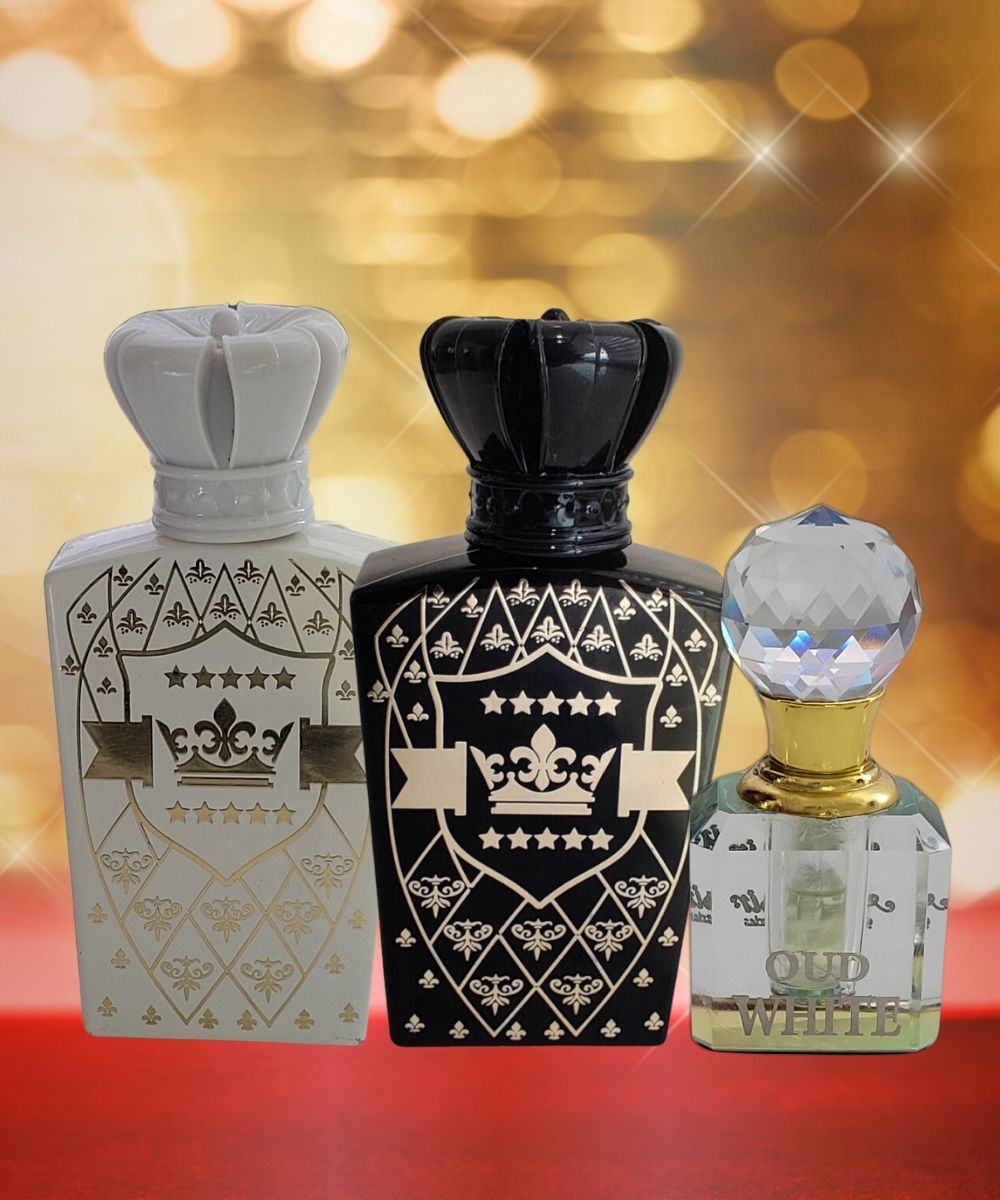
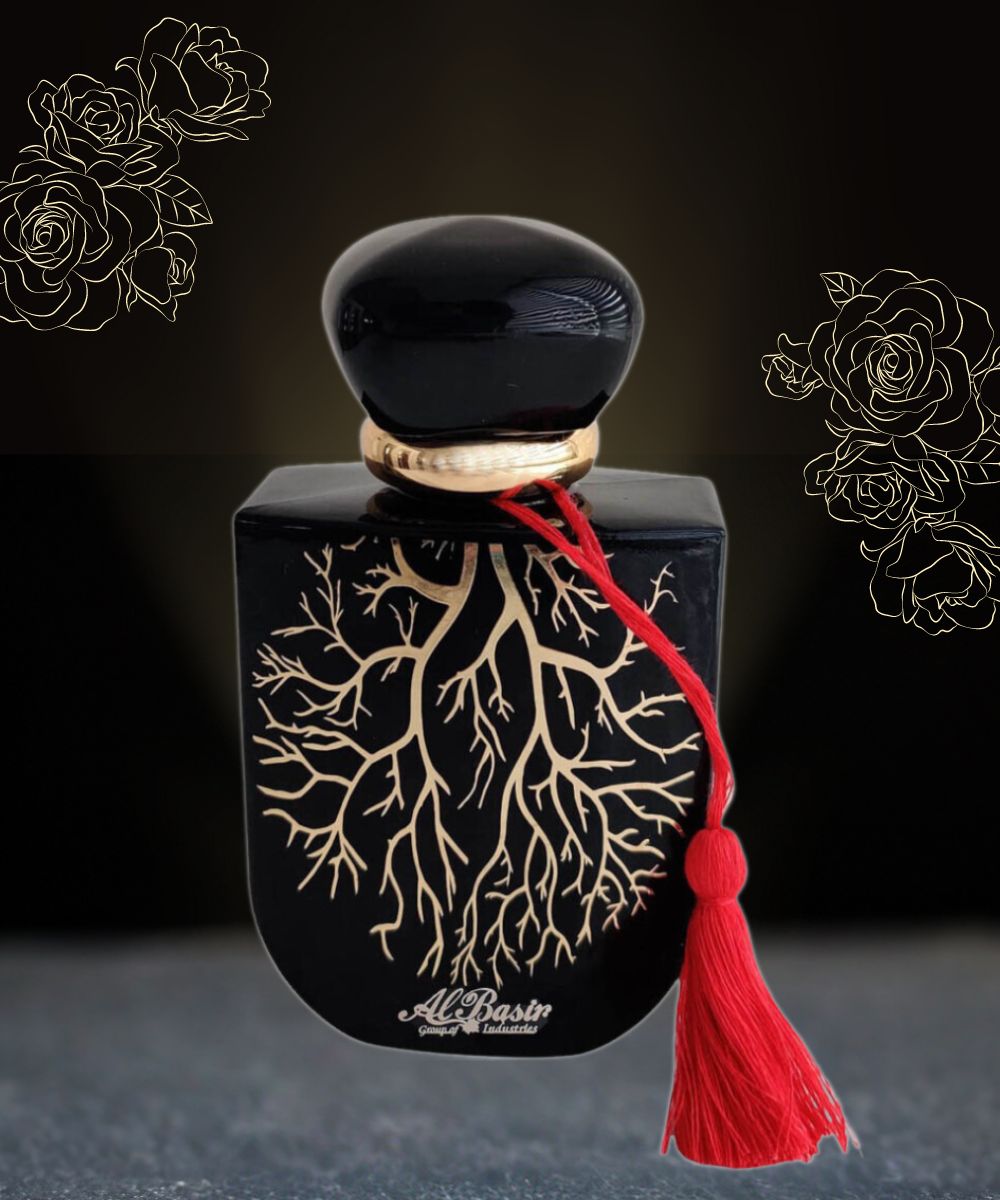

 Women
Women Home & Living
Home & Living




















































